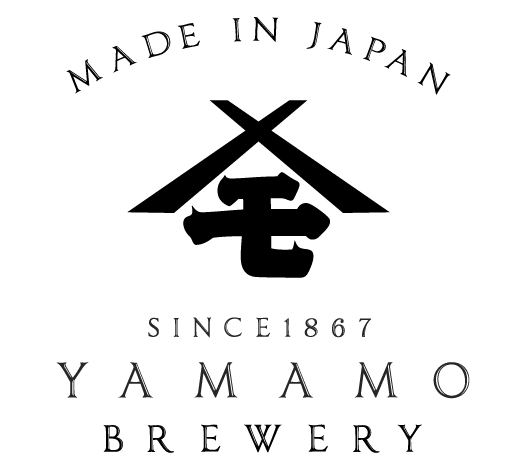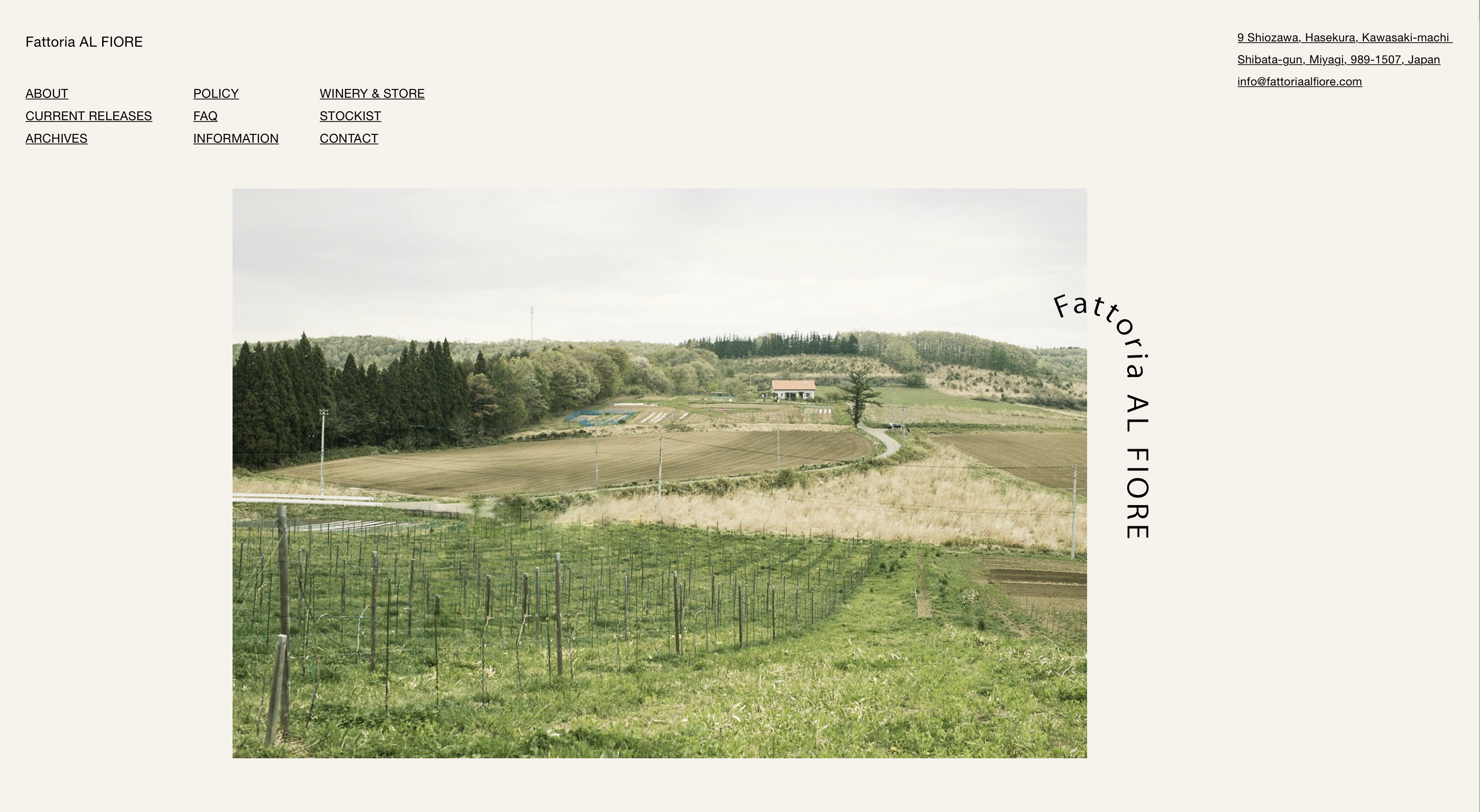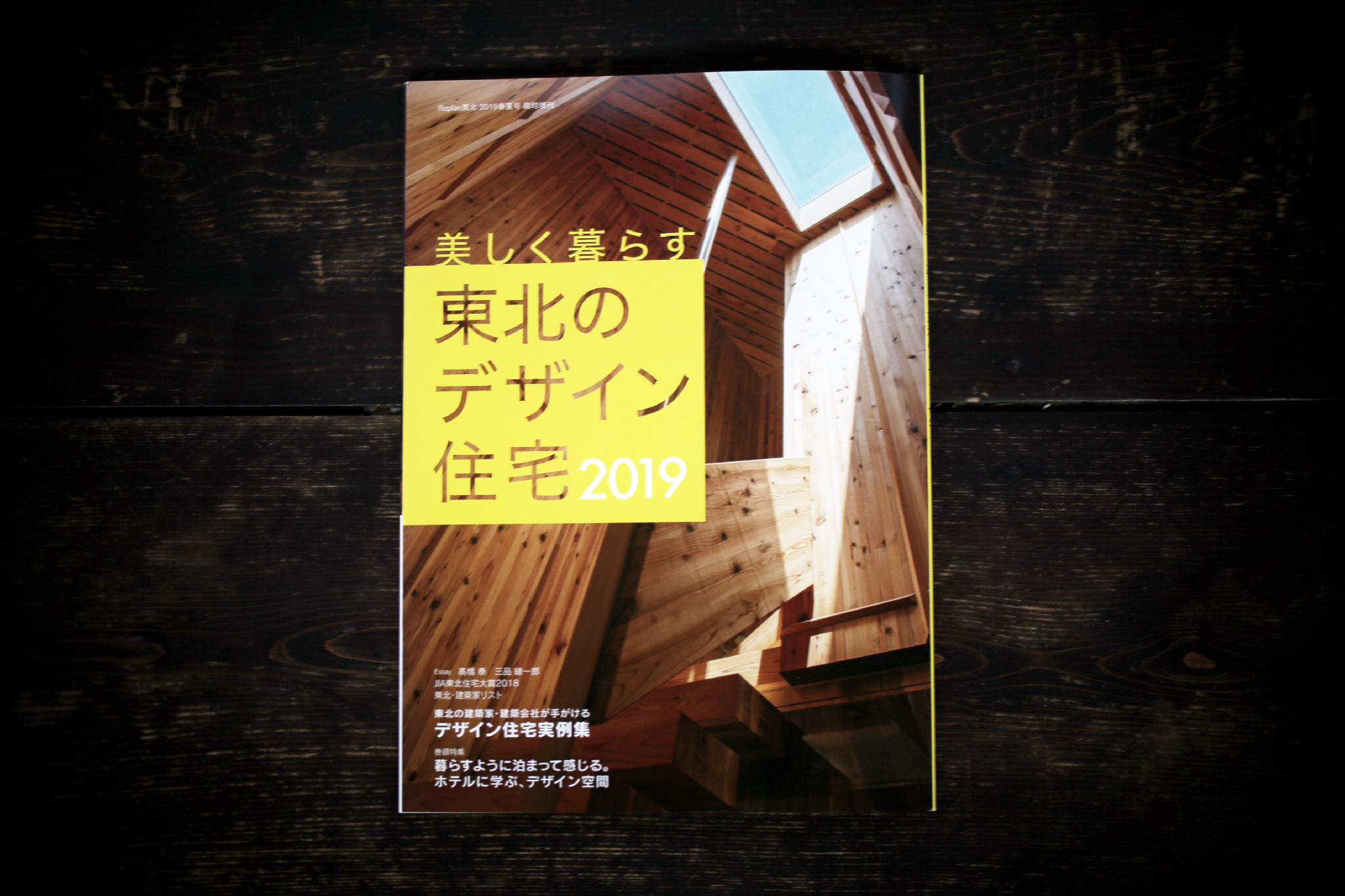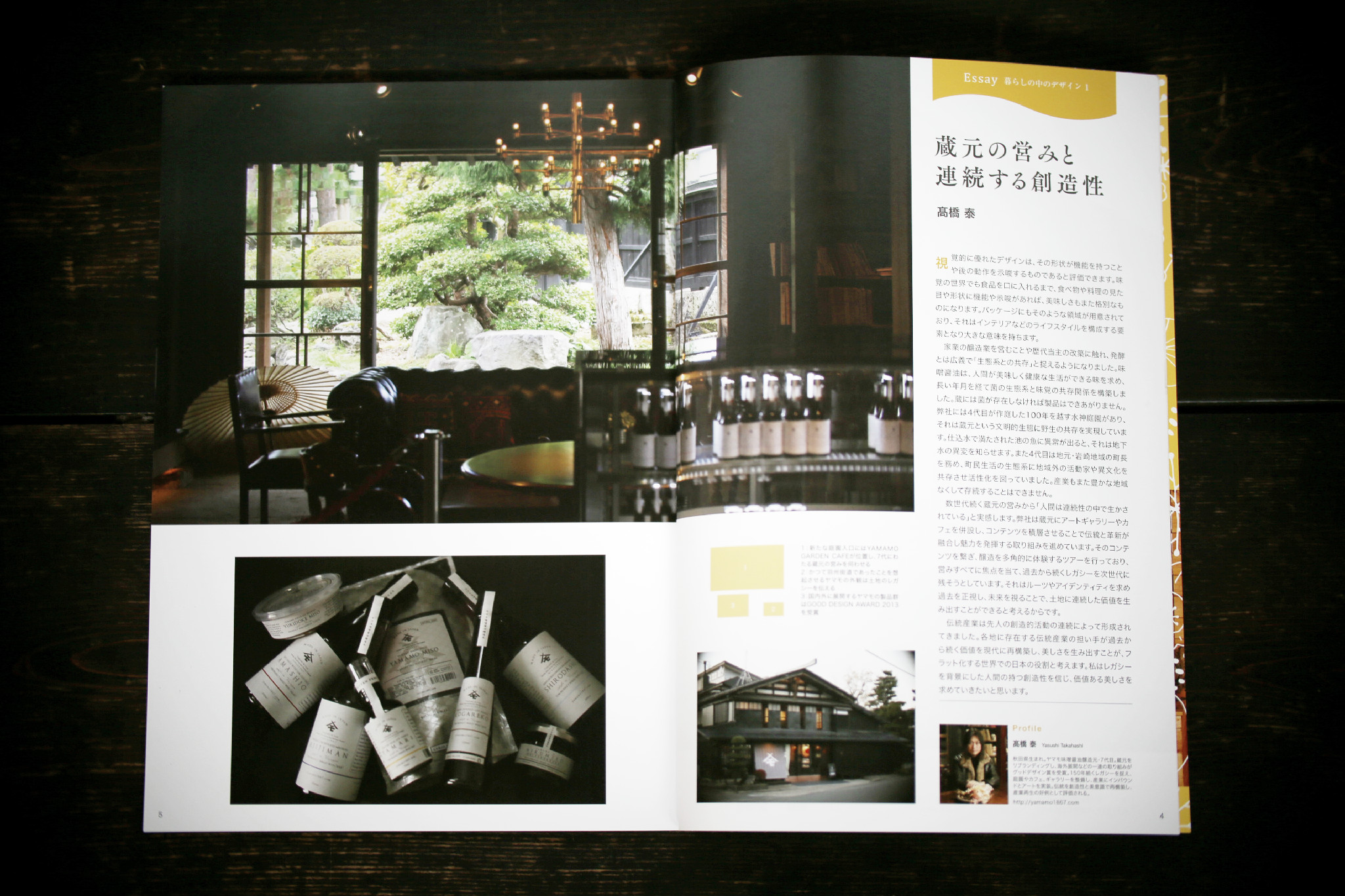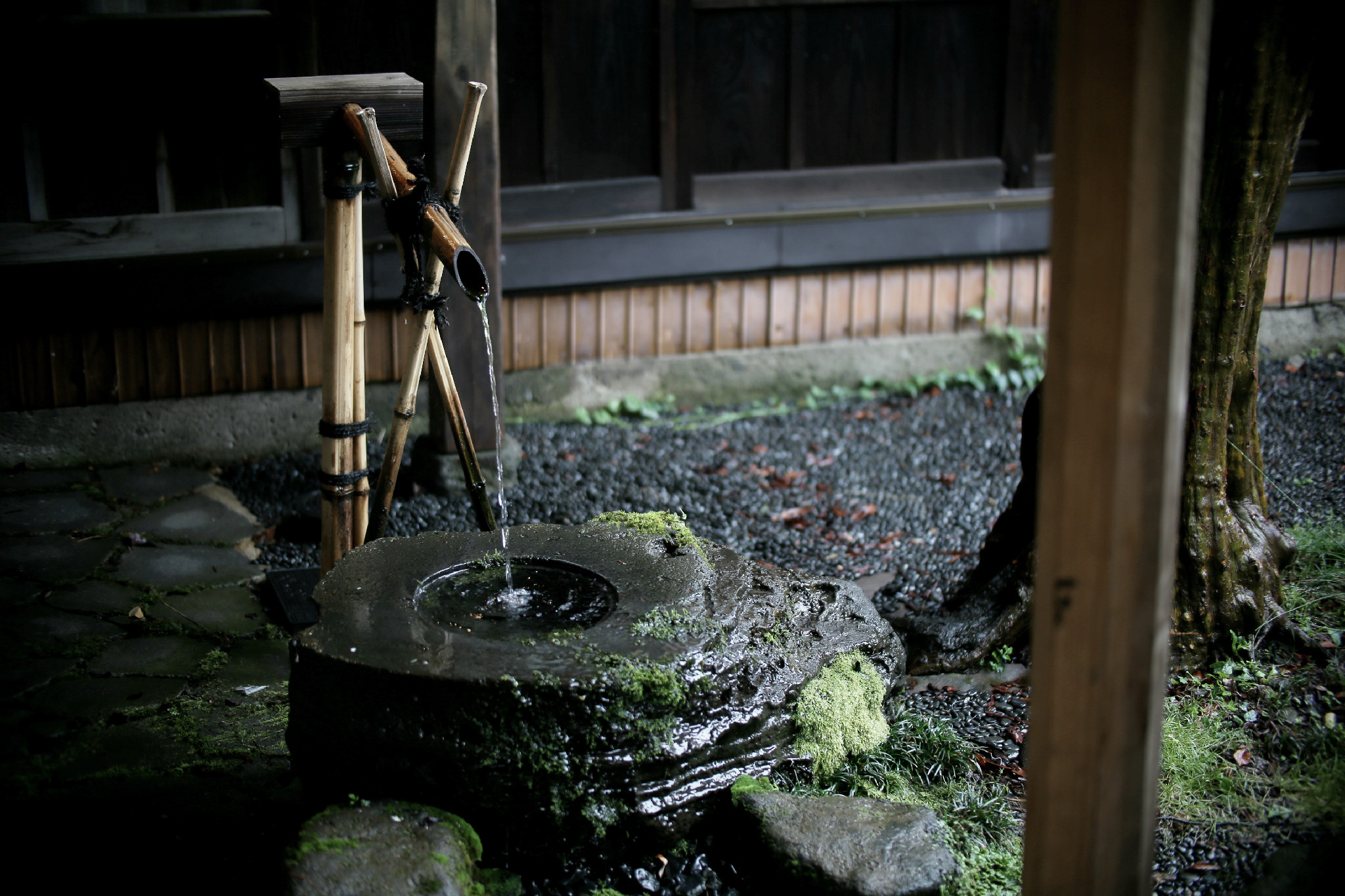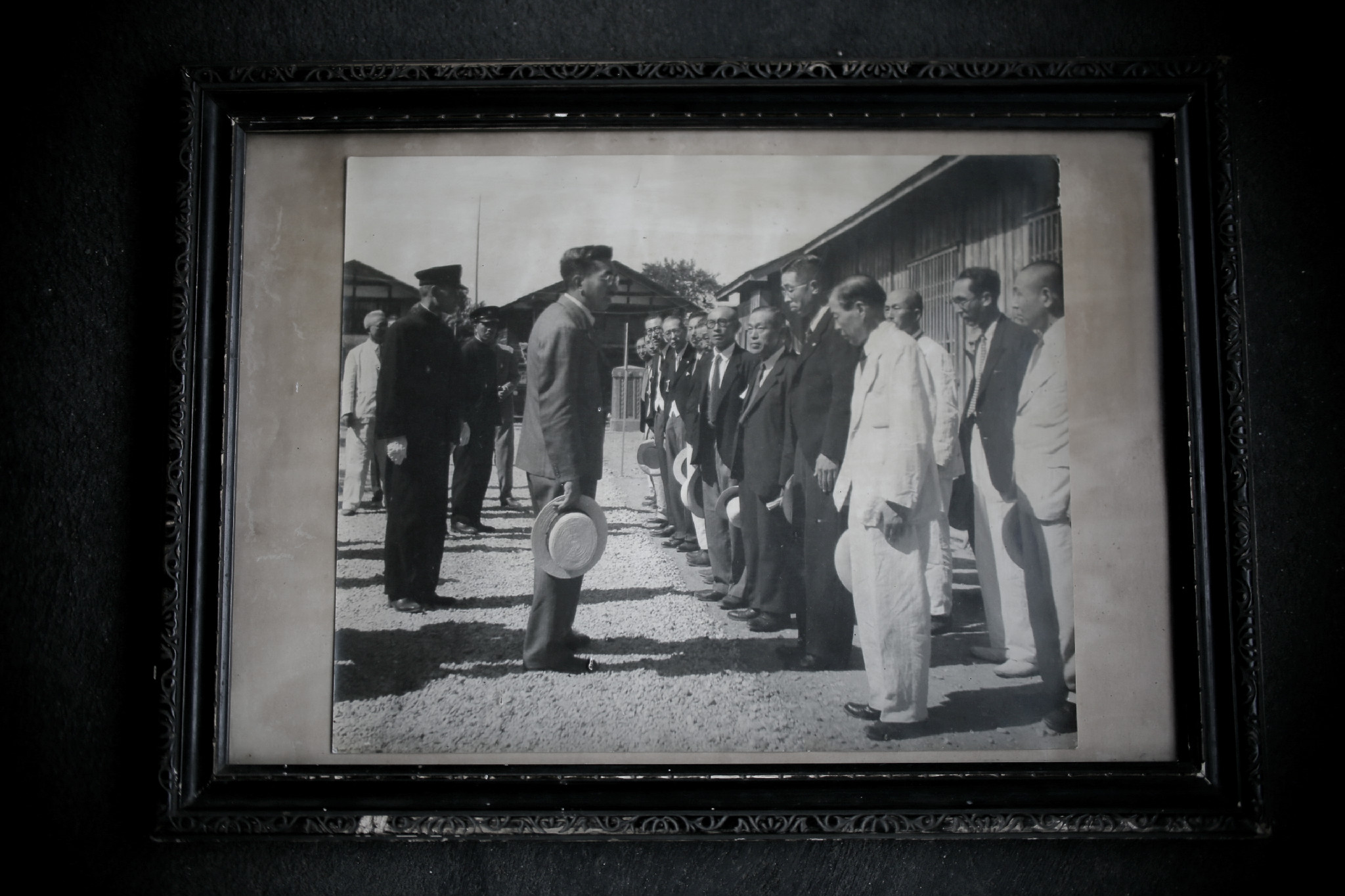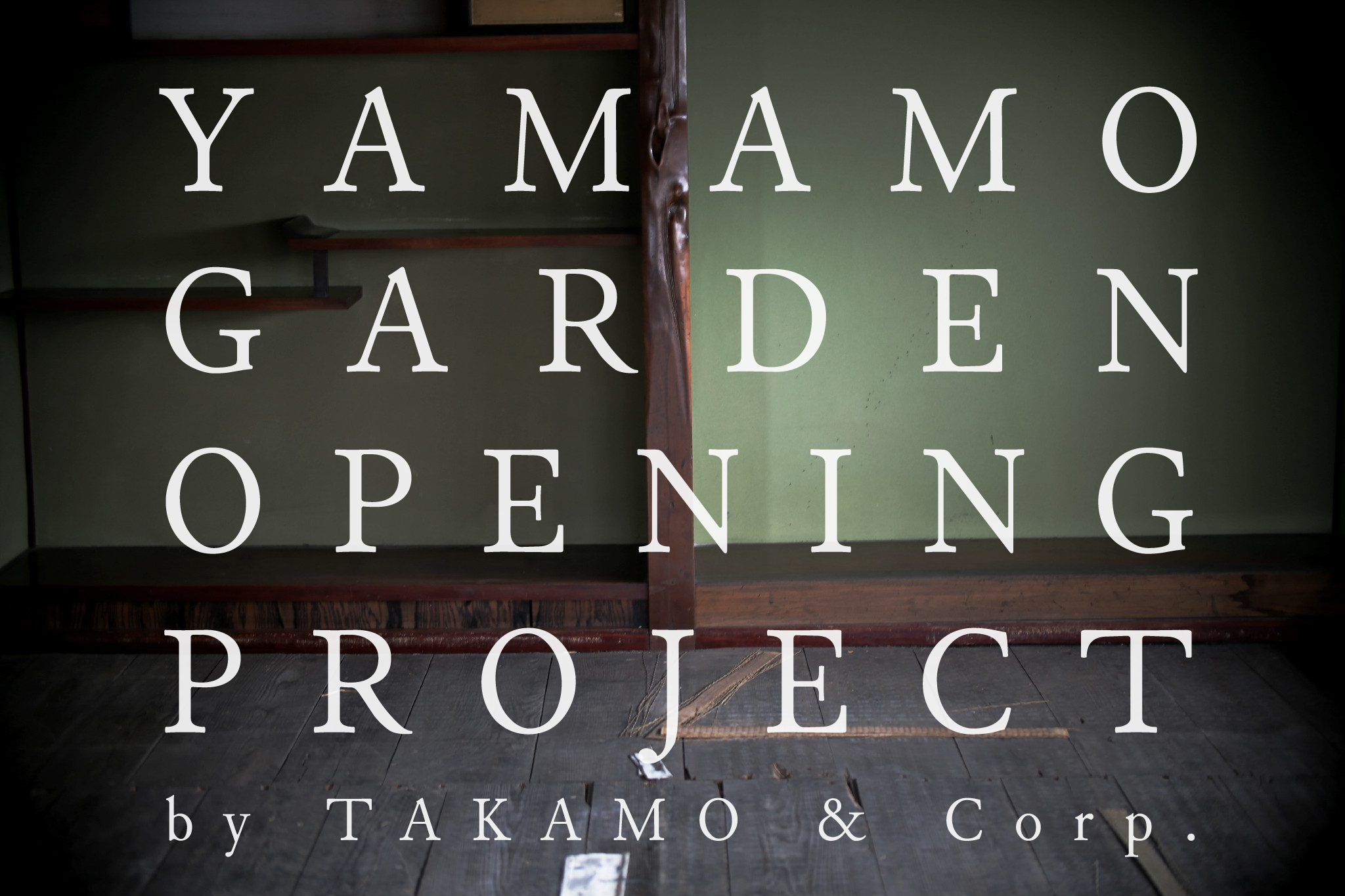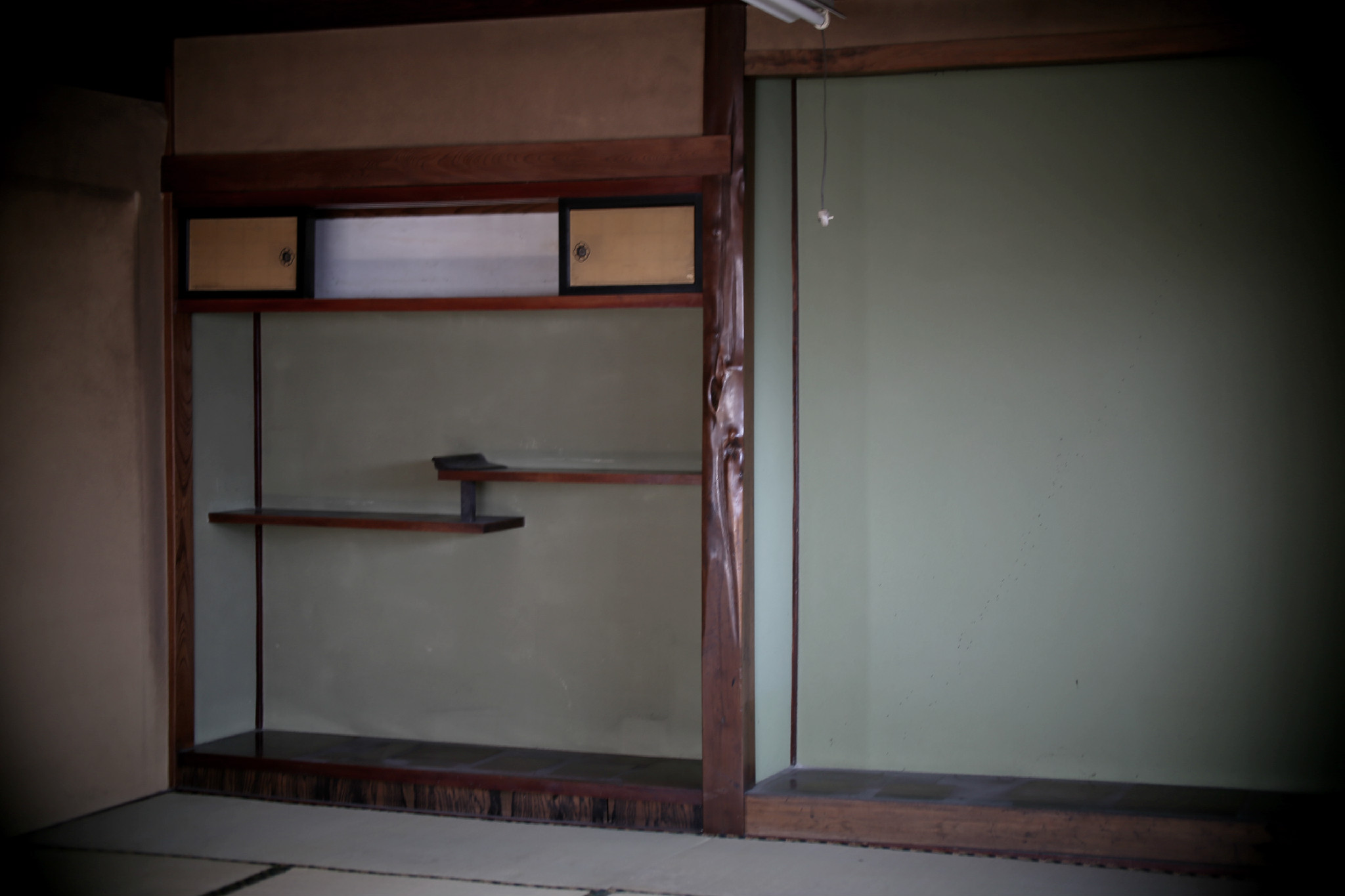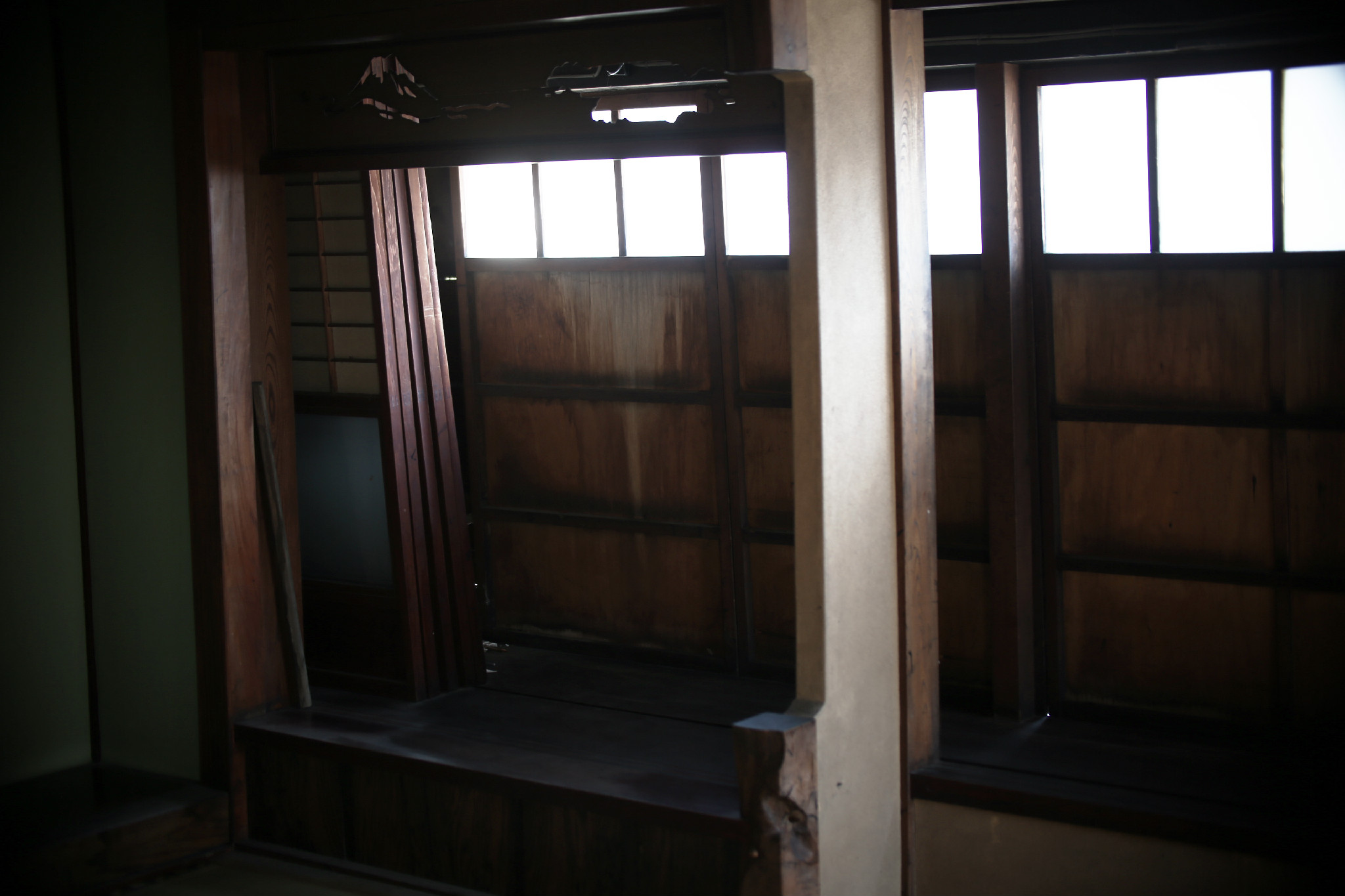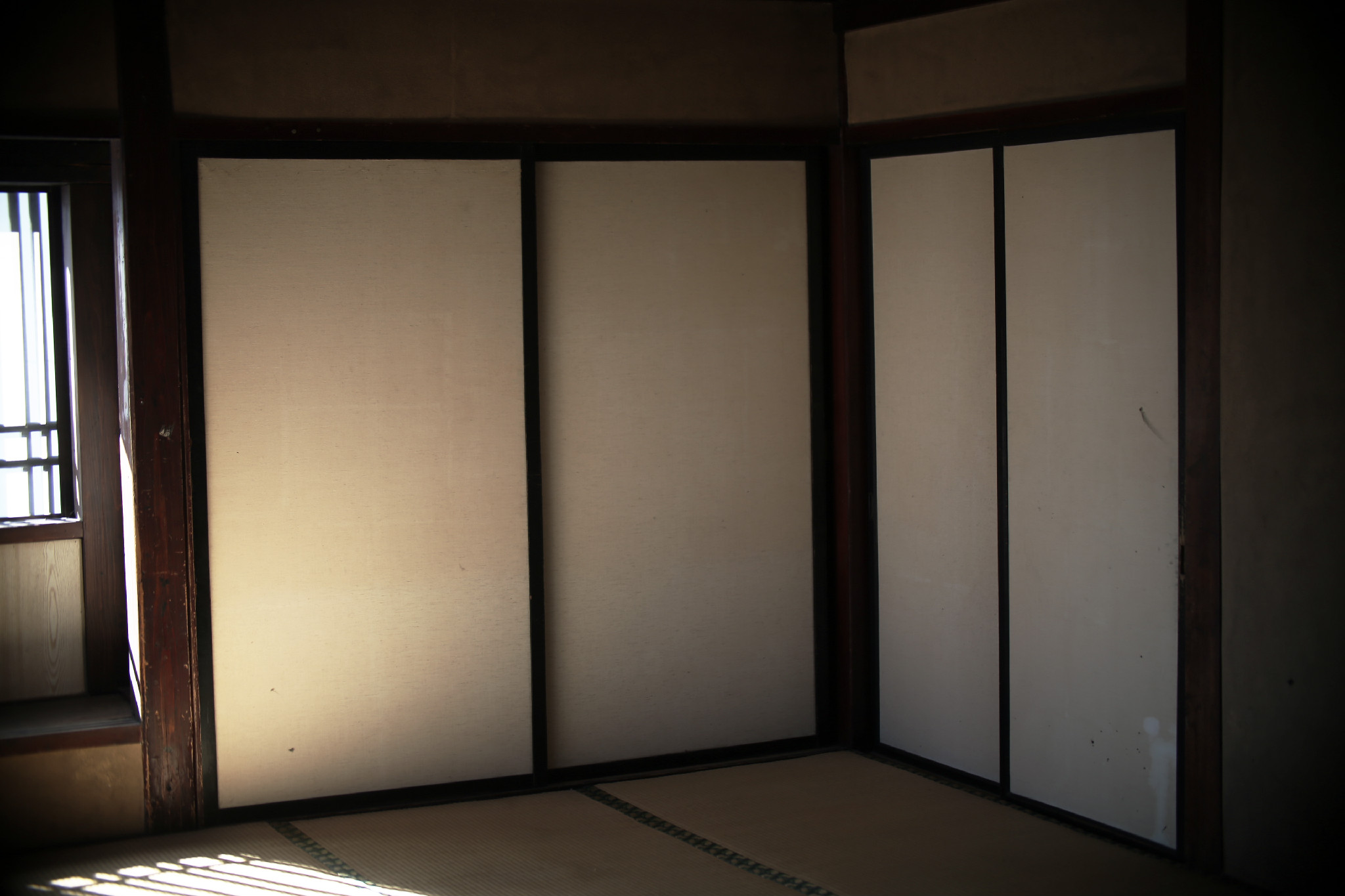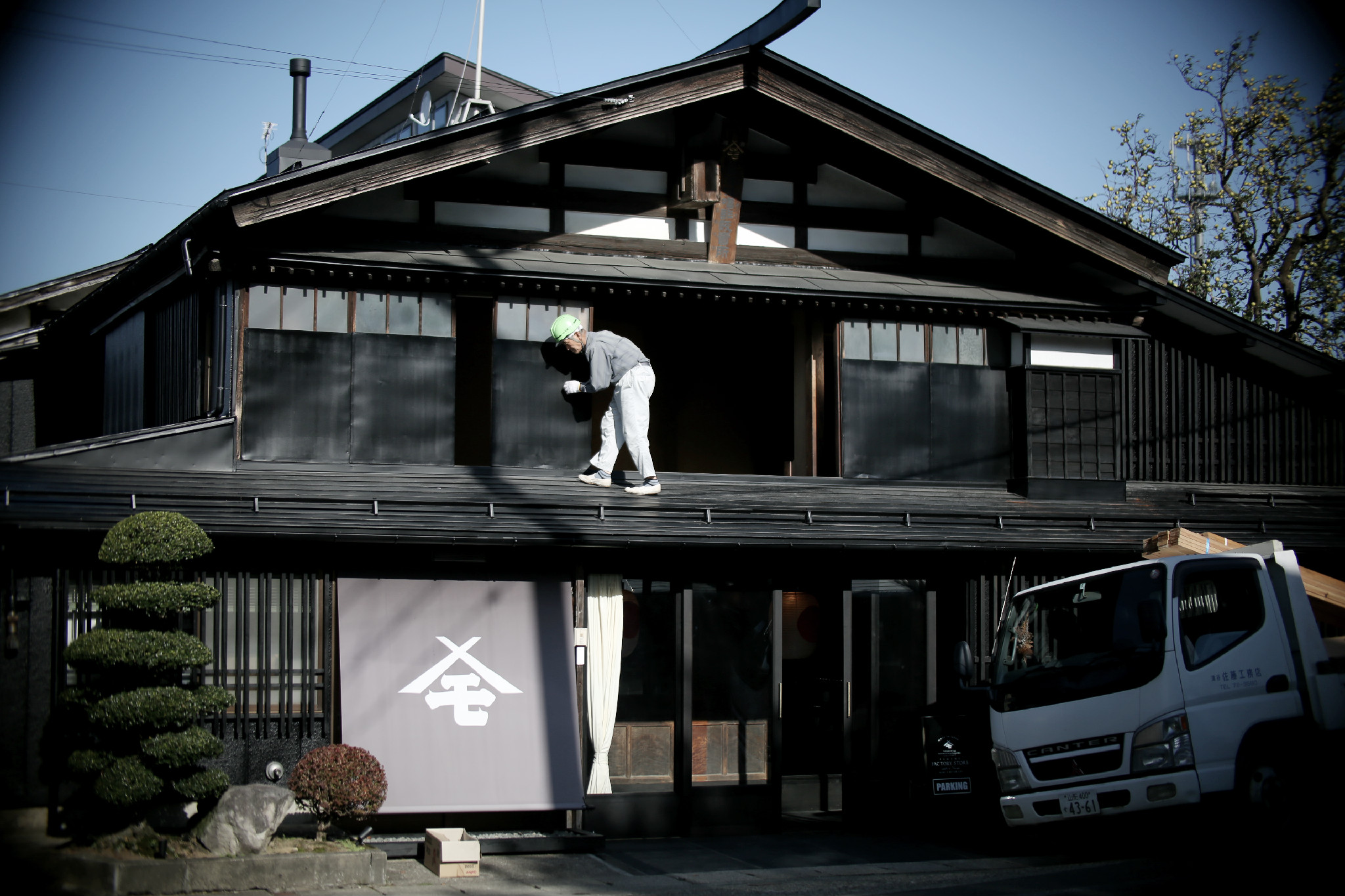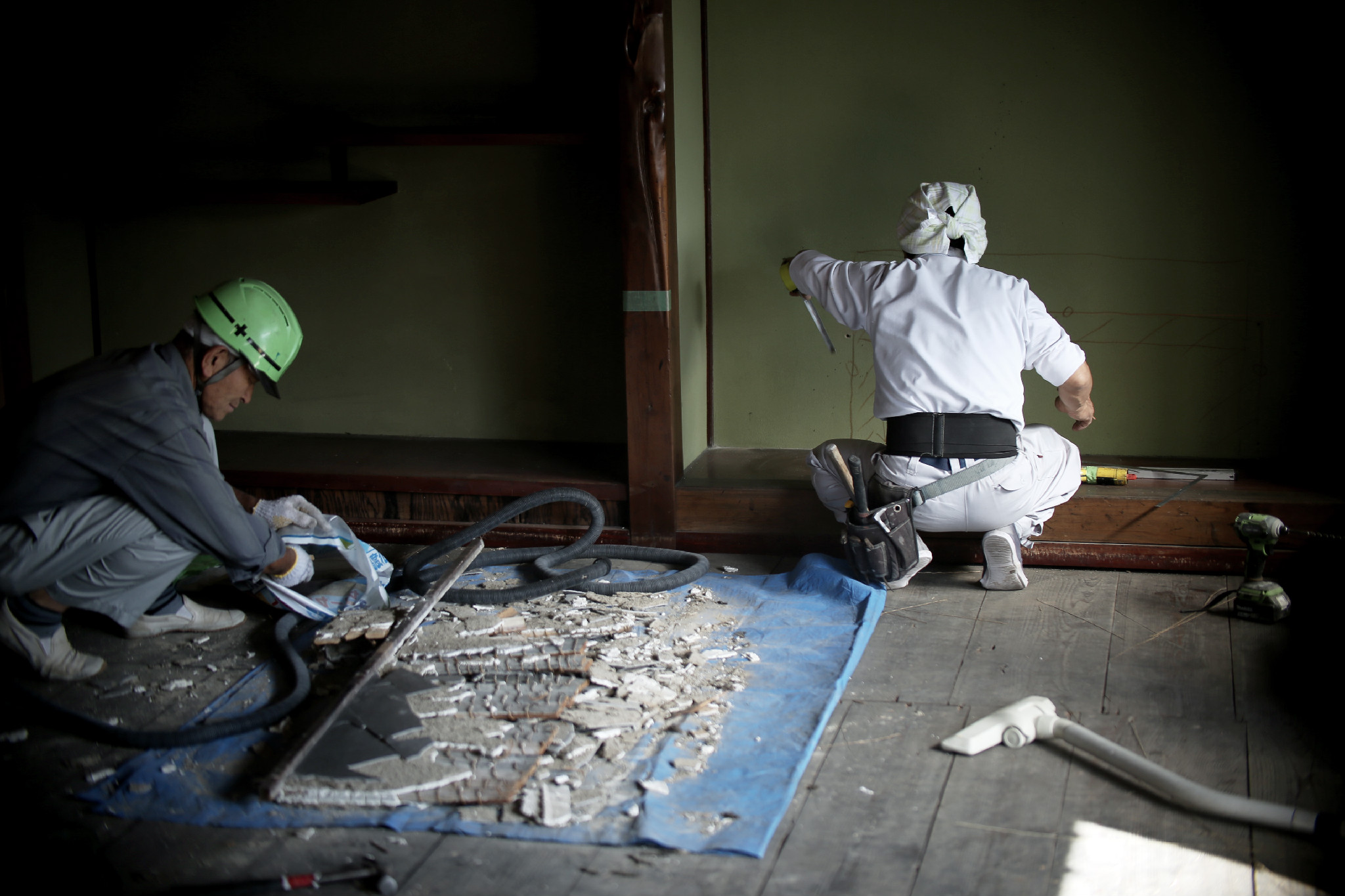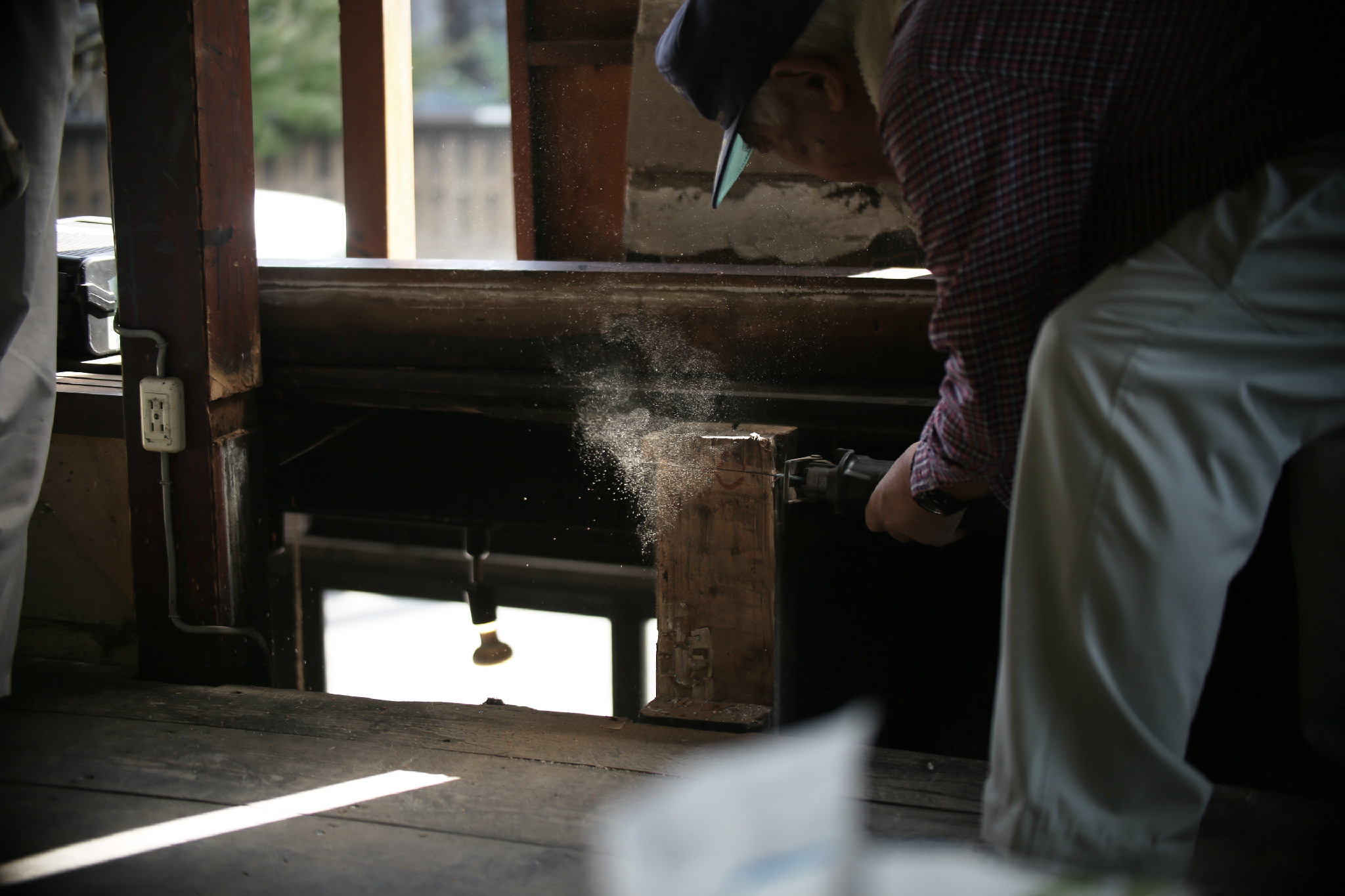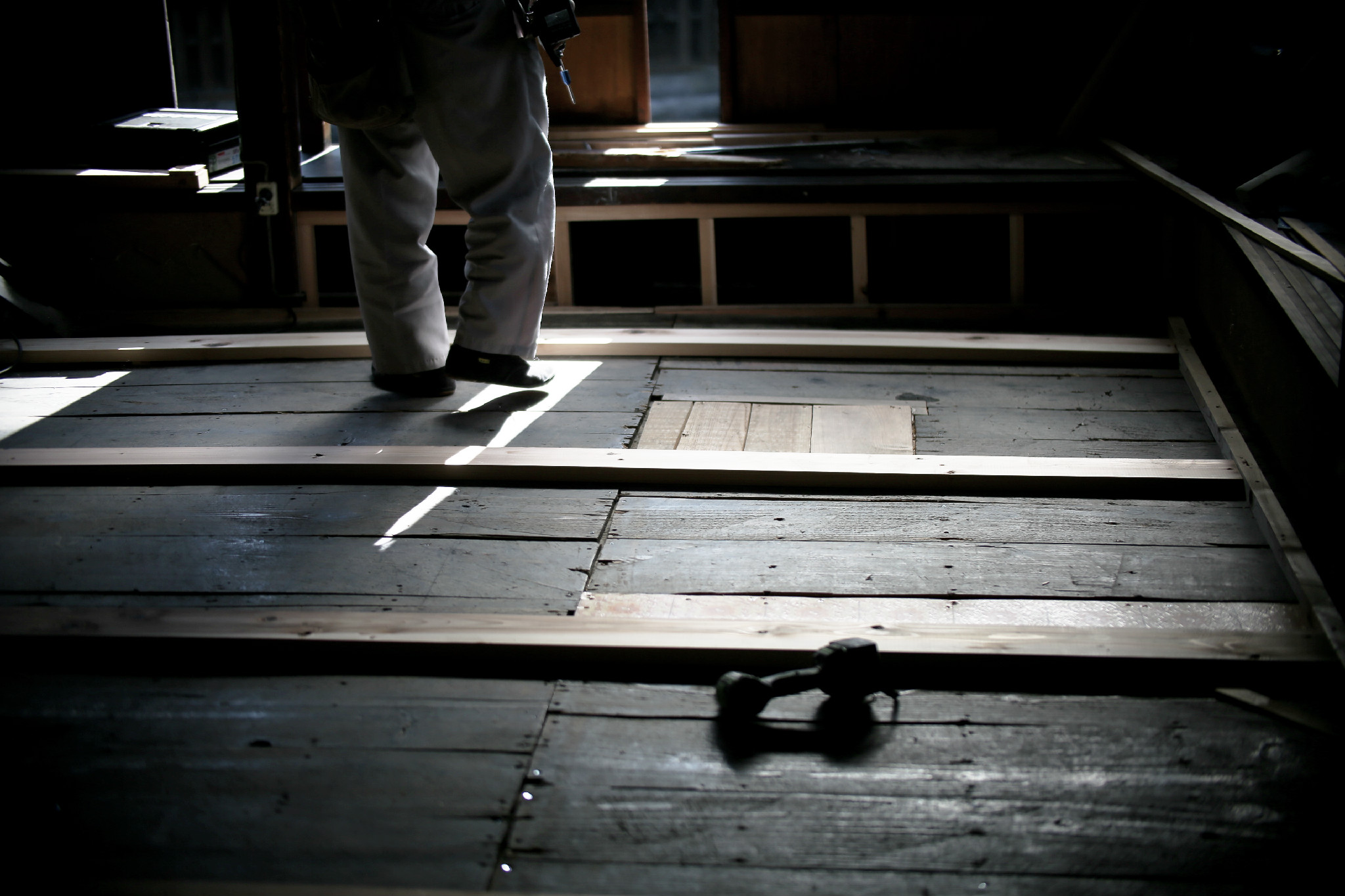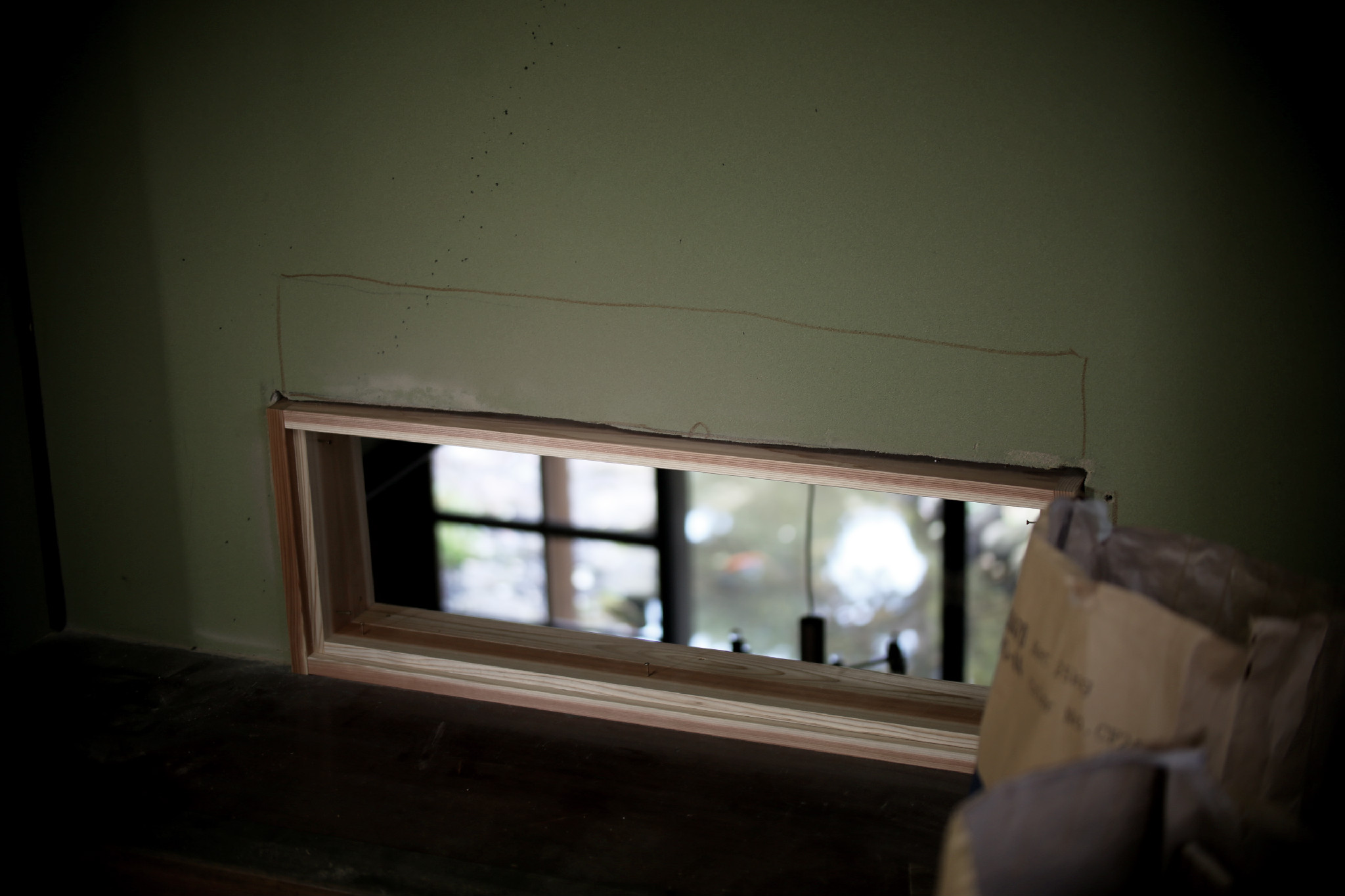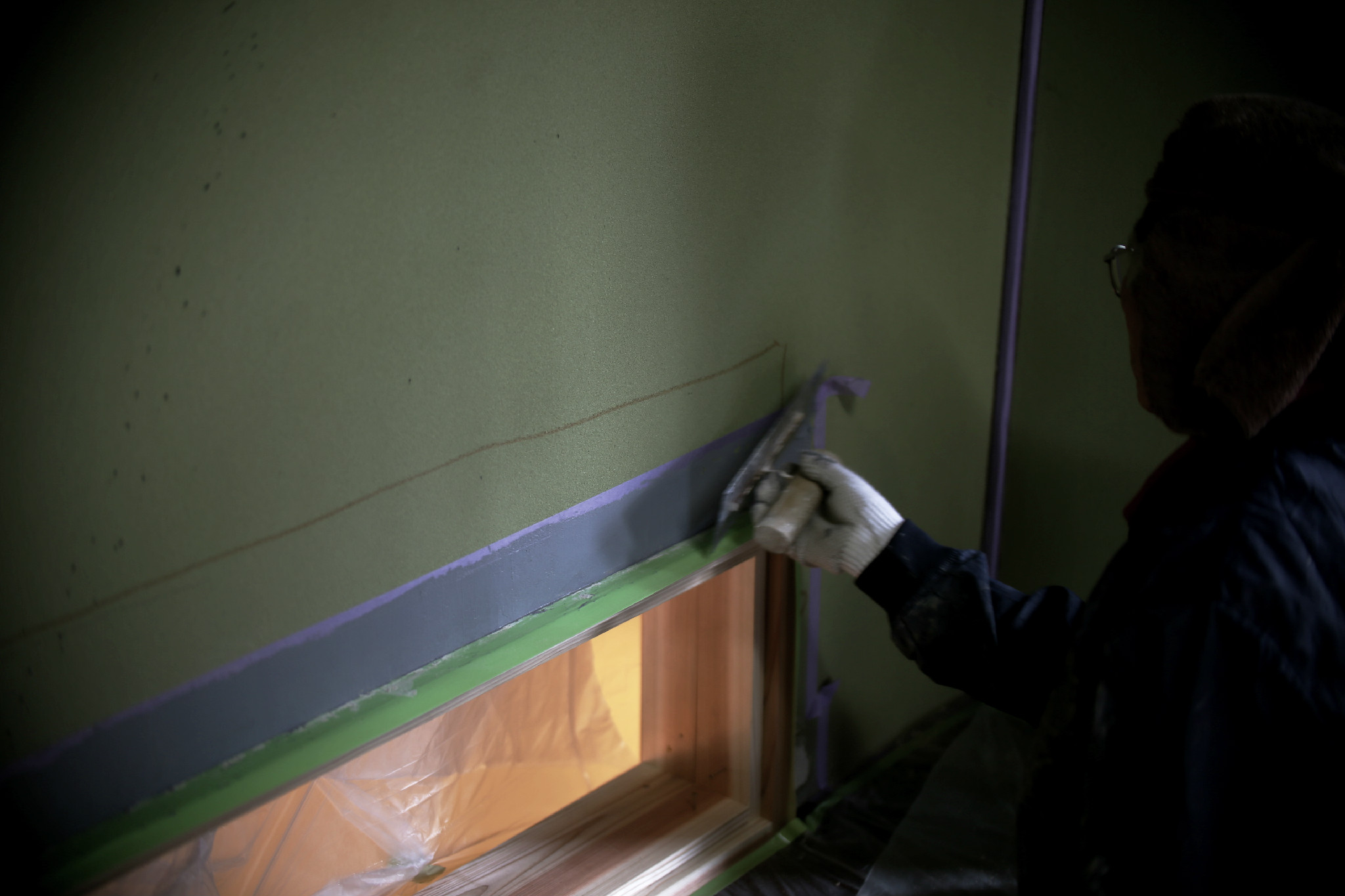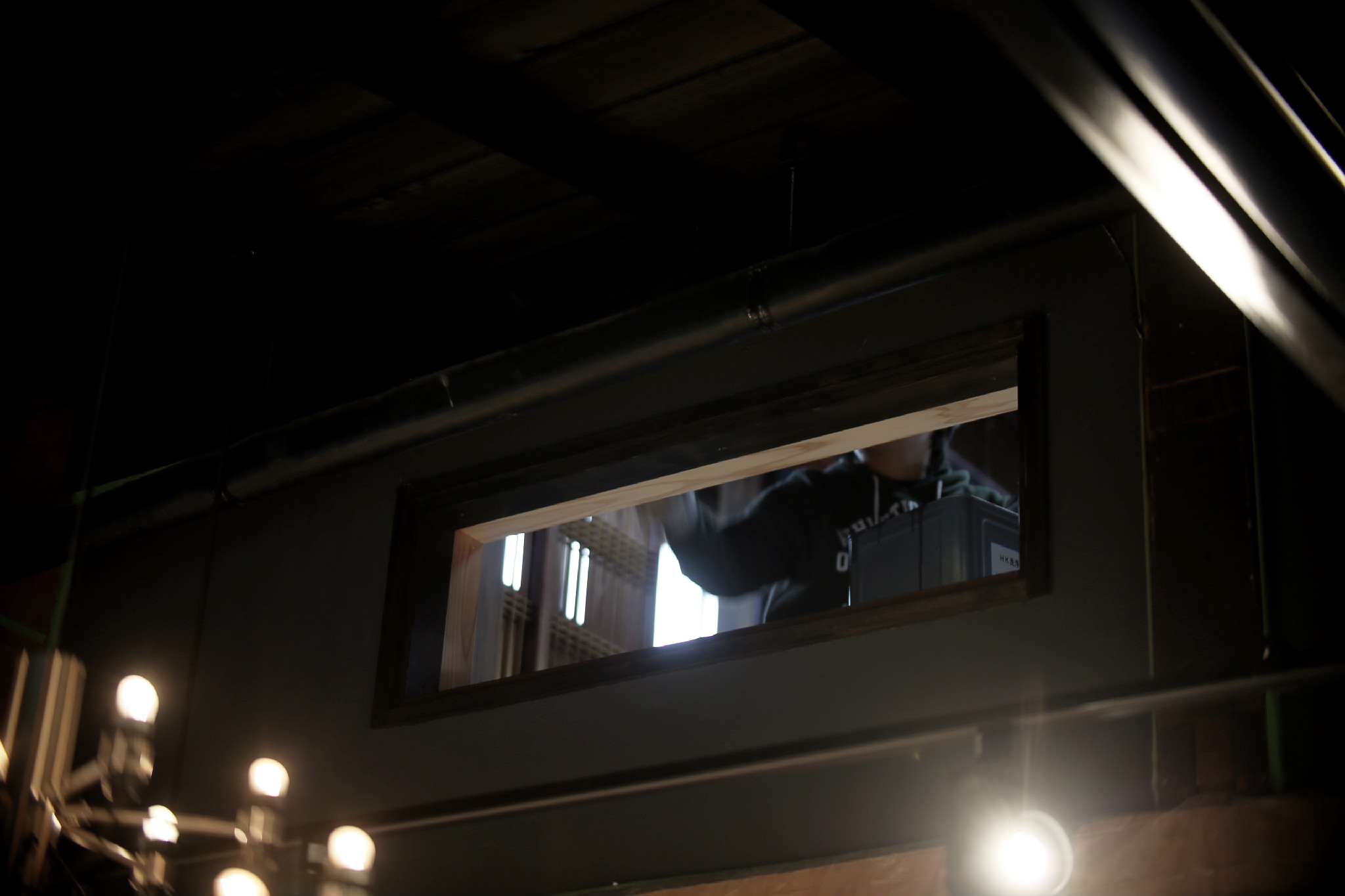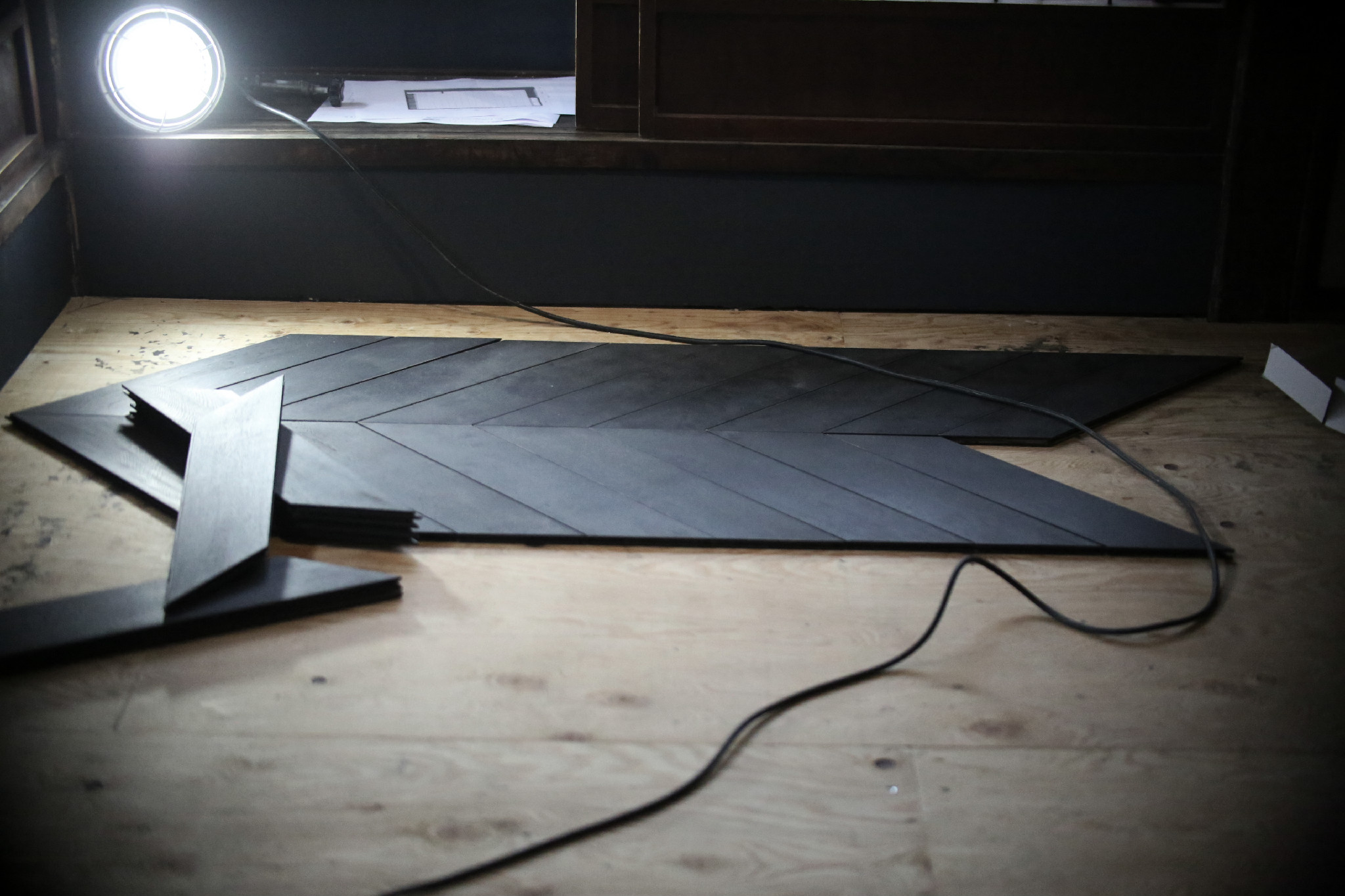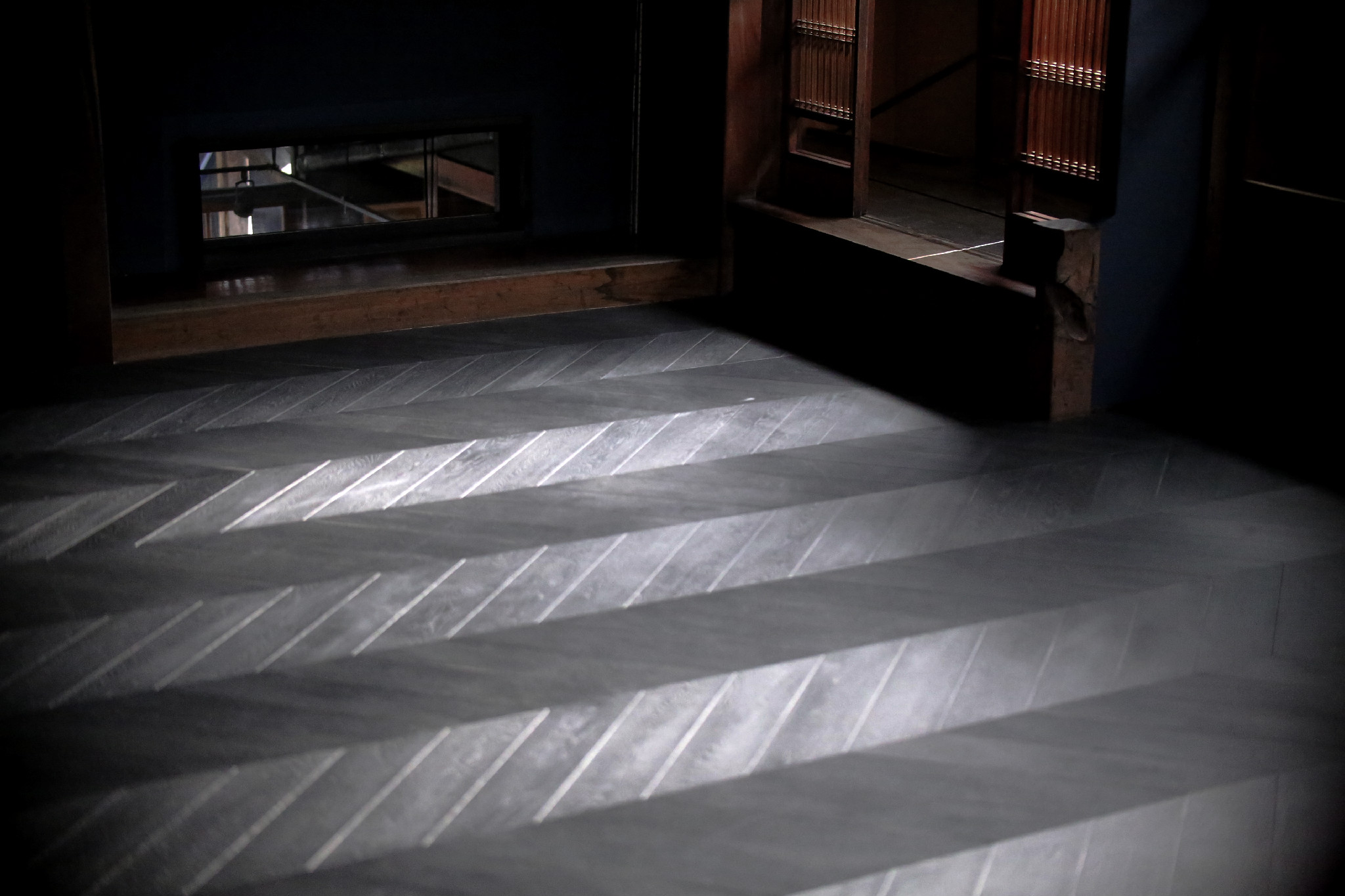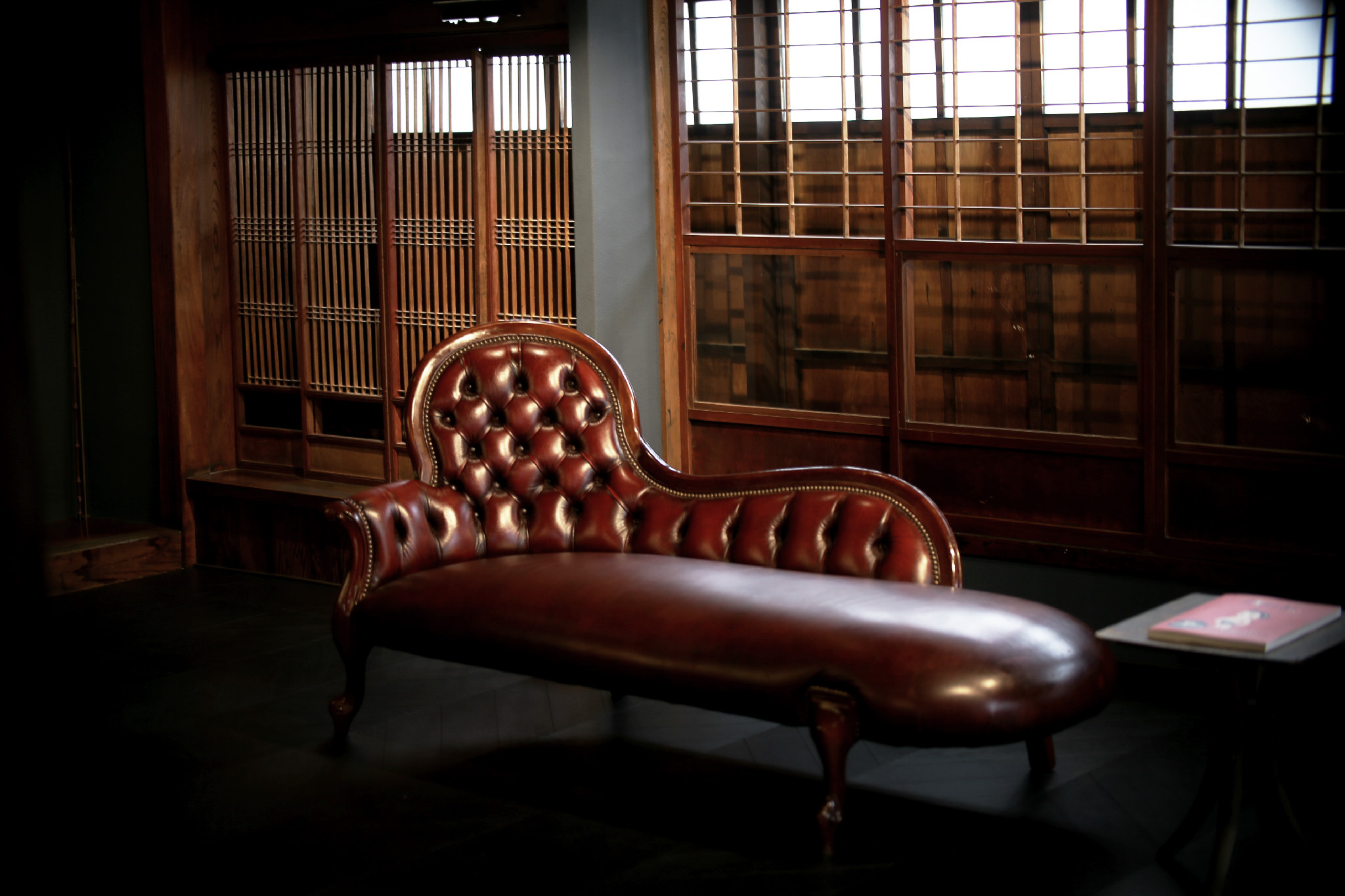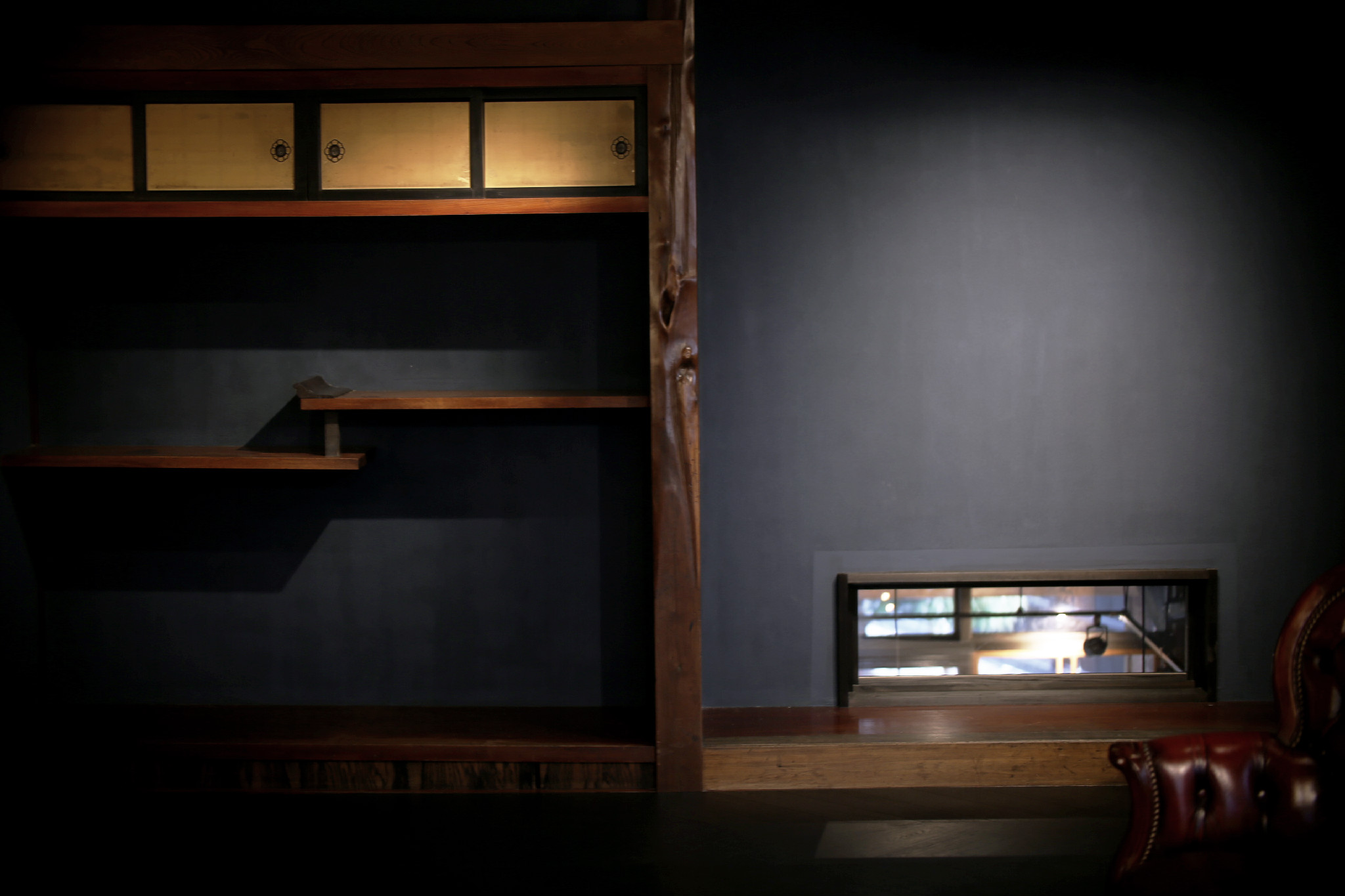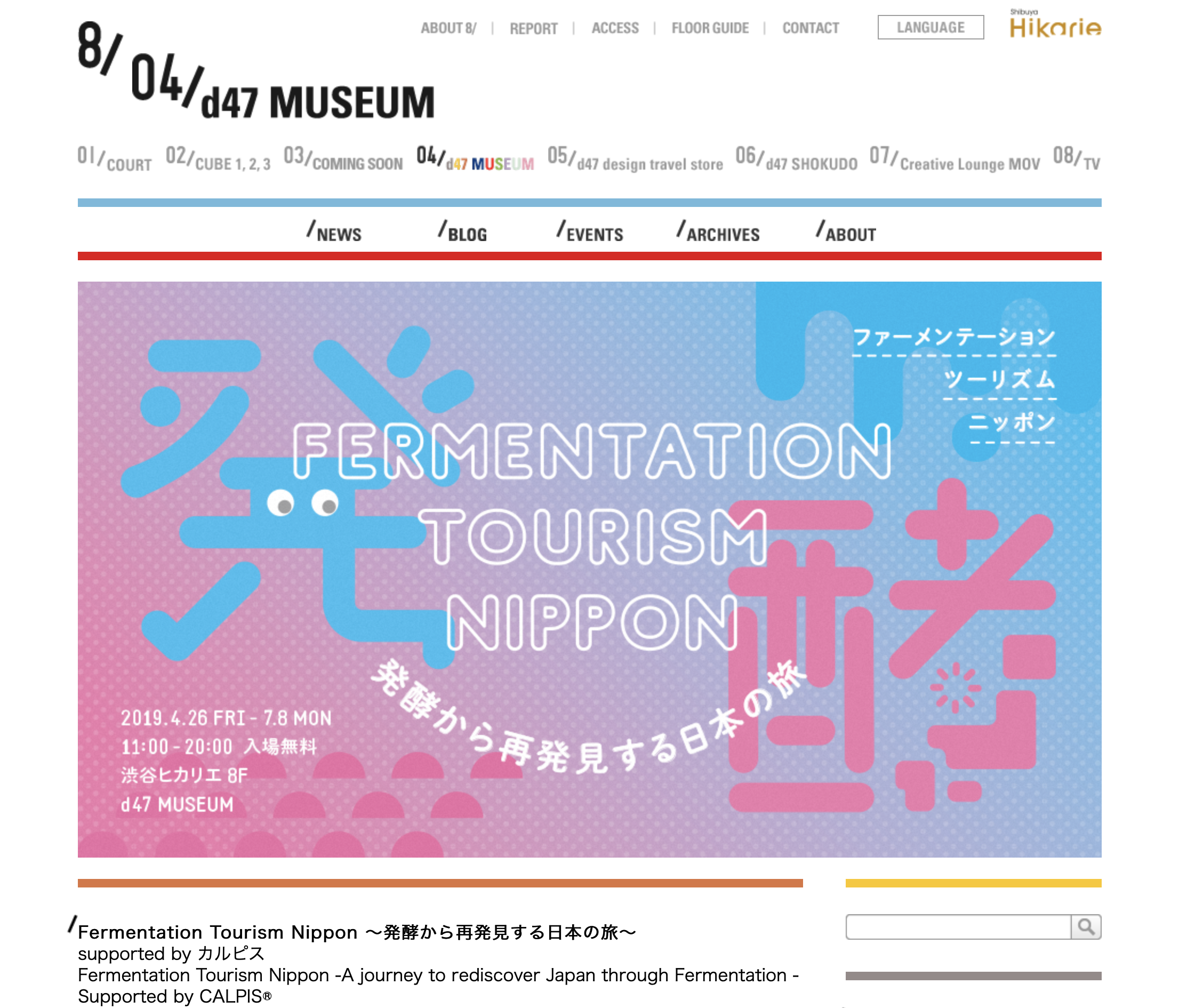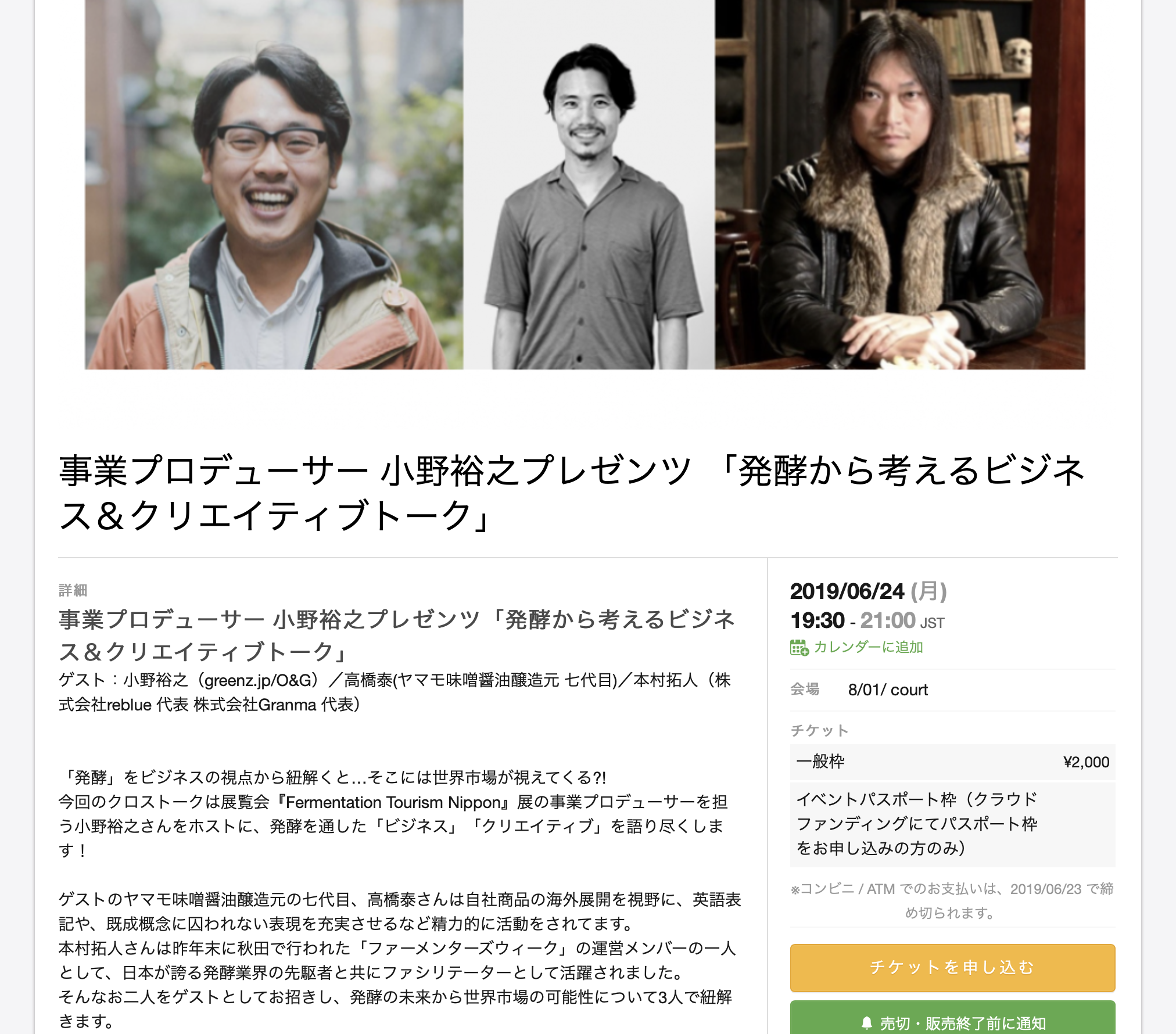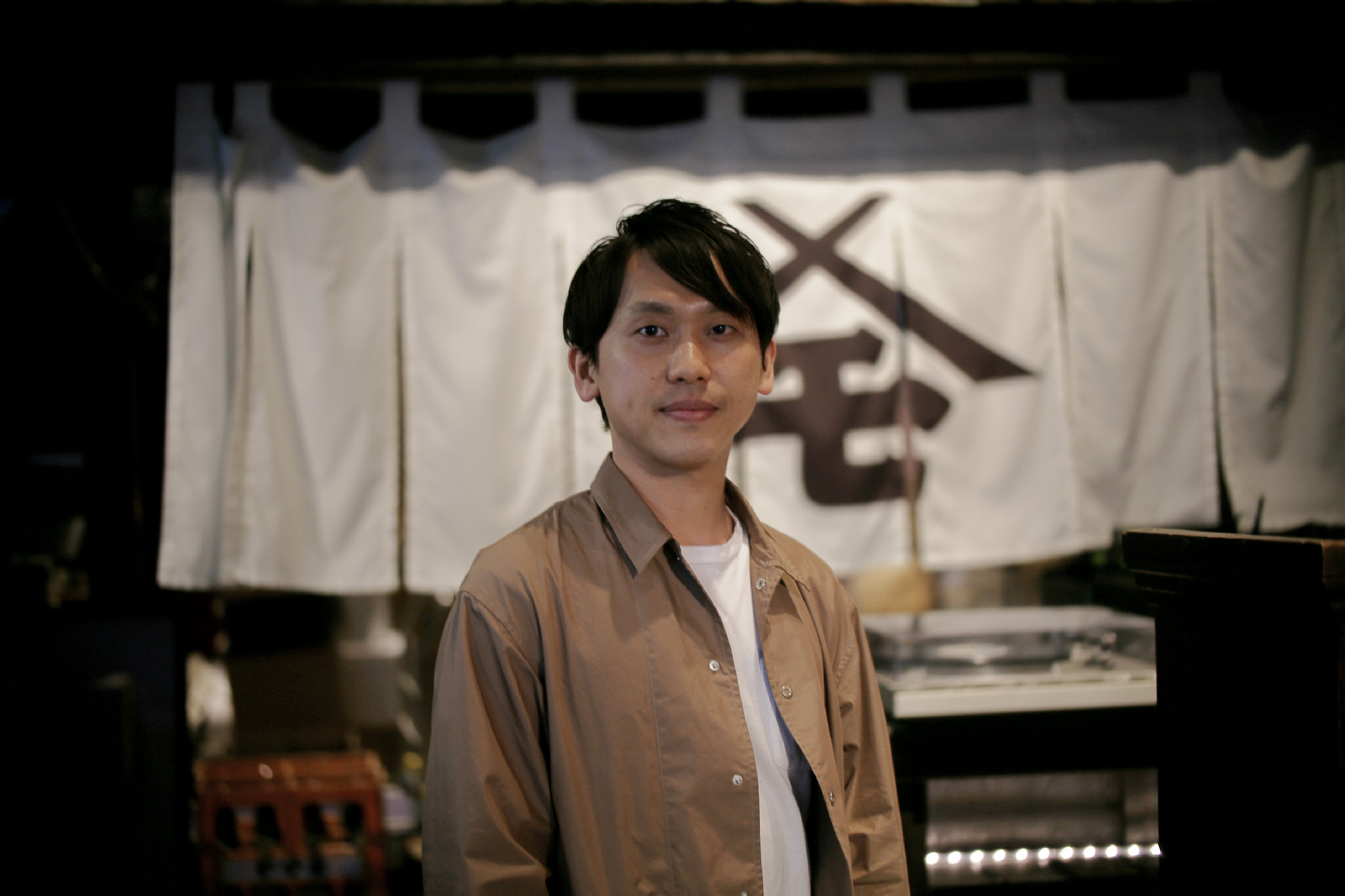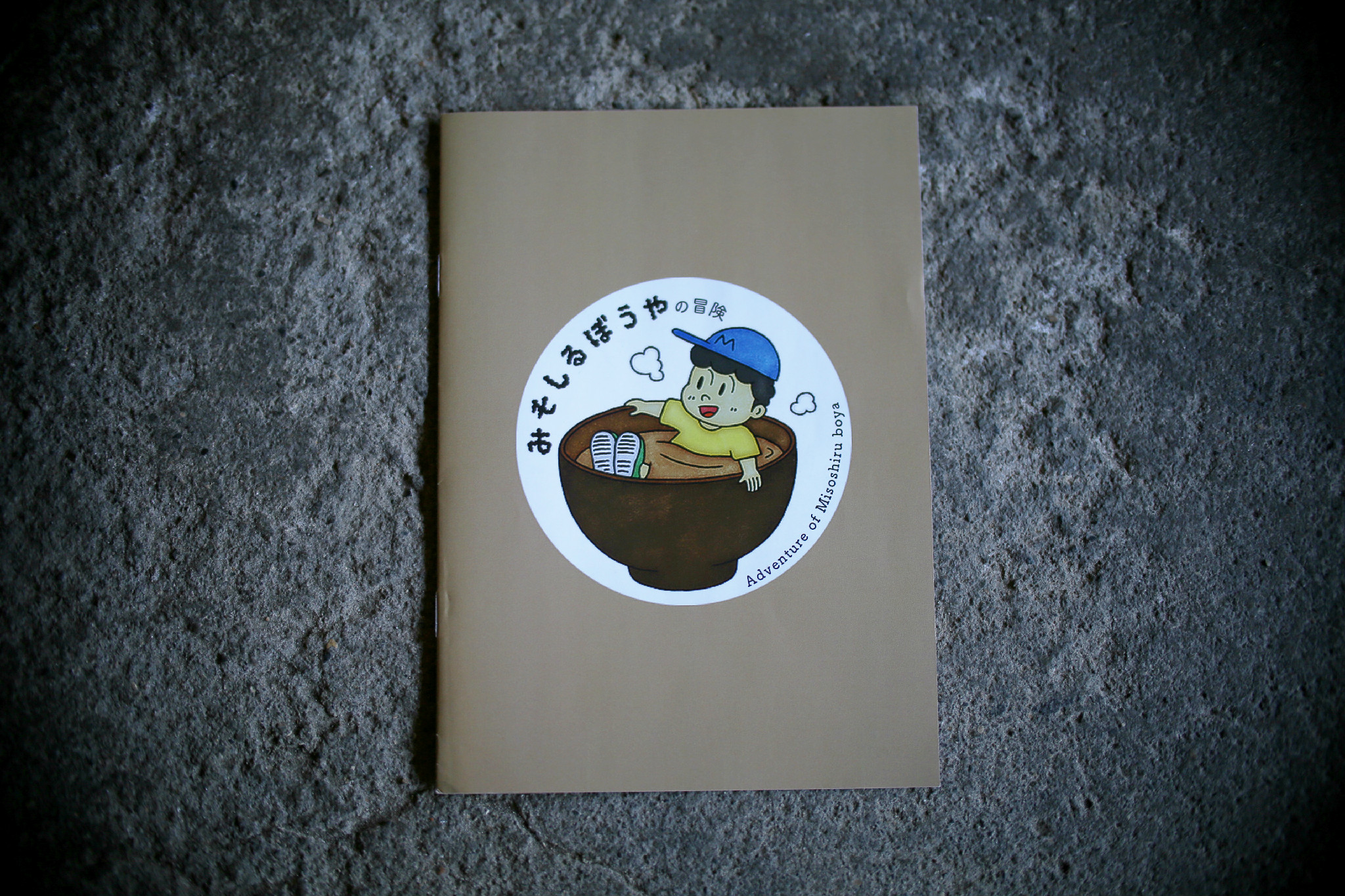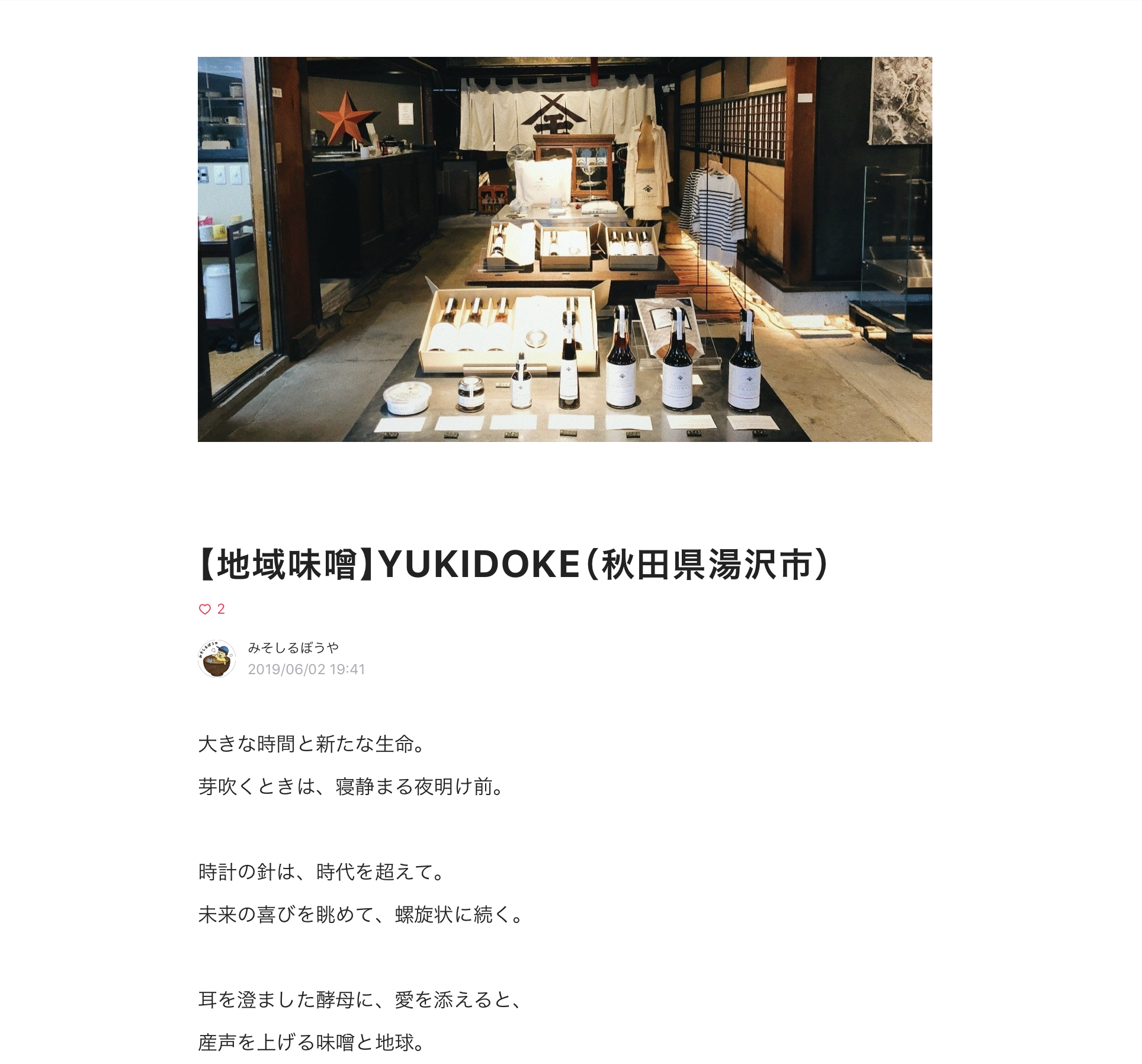今年の2月に行われた宮城でのレストランのイヴェントで弊社商品を扱っていただきました。その時のワインのペアリングでアルフィオーレの製品があり、醸造家の坂口さんと交流を持ちました。早速イヴェント翌日にワイナリーを訪ね、廃校をリノヴェーションした醸造所や代表の目黒さんにもお会いさせていただきました。有機果樹栽培からナチュラルワイン醸造までを手がけ、川崎町の地域環境や循環型社会を実現する取り組みに共感し、また、弊社にもお越しいただくこととなりました。
Mr. Meguro and Ms. Sakaguchi “AL FIORE”_YAMAMO FACTORY TOUR
Mr. Murase who is active in the name of “Misoshiru boya” participated in the factory tour. Pursuing a rich life through fermentation is in many ways similar to our efforts, and it was a very meaningful time to exchange ideas after the tour. Last year, there were some yeasts with strong fruit incense in the yeast collected from the storehouse, and I was able to talk deeply in the technical aspect, such as having them functioned. We are pleased to see more people understanding our activities outside the region. We had the article of our tour. Thank you very much, Mr. Murase.
目黒先生, 坂口先生 “AL FIORE”_YAMAMO FACTORY TOUR
活躍在“Misoshiruboya”名下的村瀬先生參加了工廠參觀。 通過發酵追求豐富的生活在很多方麵類似於我們的努力,這是一個非常有意義的時間來參觀旅遊後的想法。 去年,從倉庫採集的酵母中有一些帶有強烈果香的酵母,我能夠在技術方面深入談論,比如讓它們起作用。 我們很高興看到更多人了解我們在該地區以外的活動。 我們有我們巡演的文章。 非常感謝,村瀬先生。
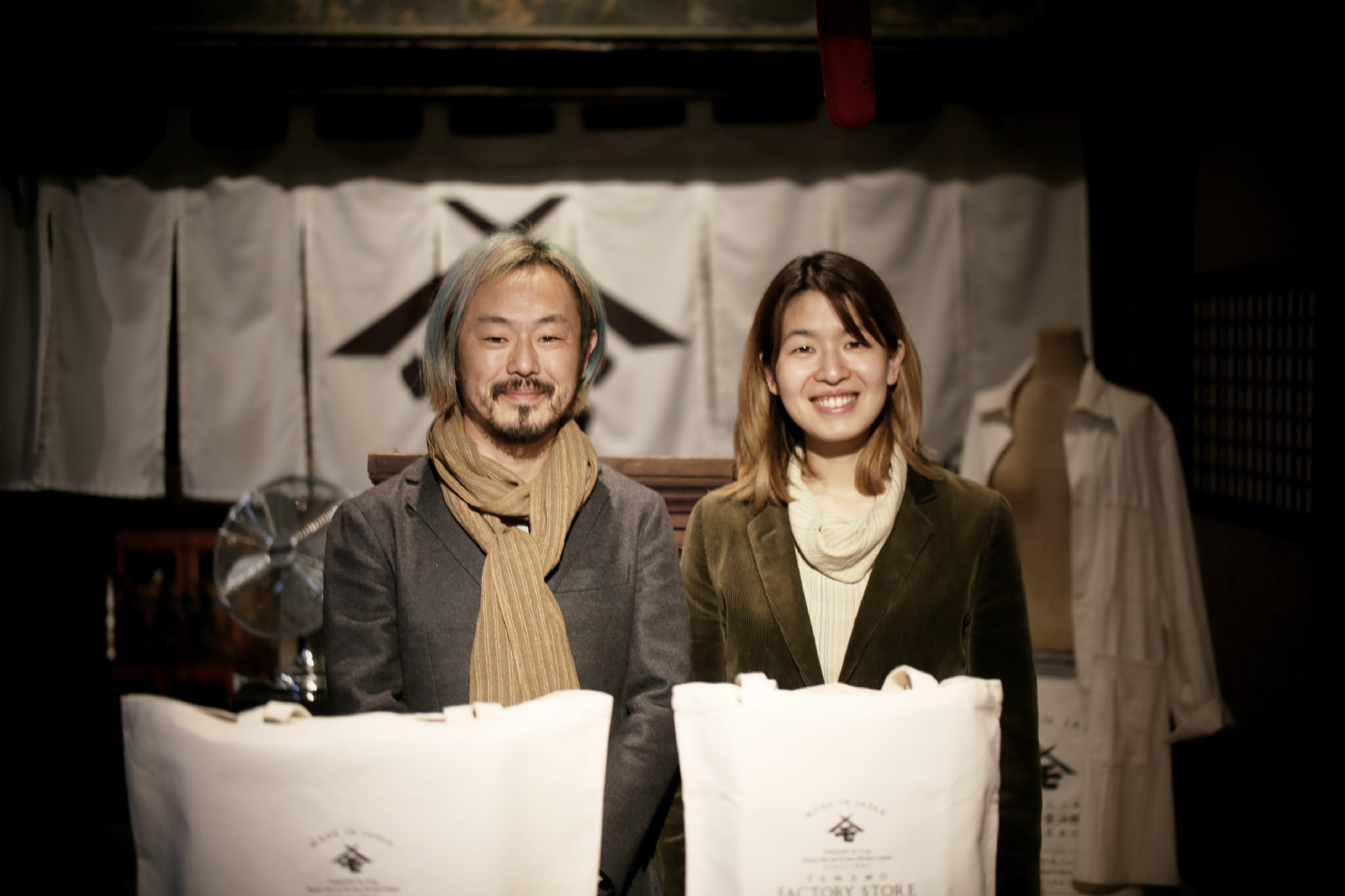
様々な意見交換をする中で、目黒さんたちが取り組まれている「農と食」からの持続可能性の追求をテーマにした招待制イヴェントのお誘いを受けました。クローズドのイヴェントではありましたが、元シェフの目黒さんの料理仲間の方々や生産者の方が多くいらっしゃっており、その質の高さとディテール、料理自体の圧巻のパフォーマンスに驚きました。弊社も物販依頼があり、少しですが会場でご提供させていただきました。
During various exchanges of ideas, I was invited by an invitation-based event on the theme of pursuit of sustainability from “Agriculture and Food” that Meguros are working on. Although it was a closed event, there were many cooks and producers of former chef Meguro-san, and I was surprised at the quality, detail and performance of the dish itself. We also have a product sales request, and we have provided them at the venue for a while.
在各種思想交流期間,我受到邀請式活動的邀請,主題是追求目黒先生正在努力的“農業和食品”的可持續性。 雖然這是一個封閉的活動,但是有許多廚師和前廚師目黒先生的製作人,我對這道菜本身的質量,細節和性能感到驚訝。 我們也有產品銷售要求,我們已經在會場提供了一段時間。
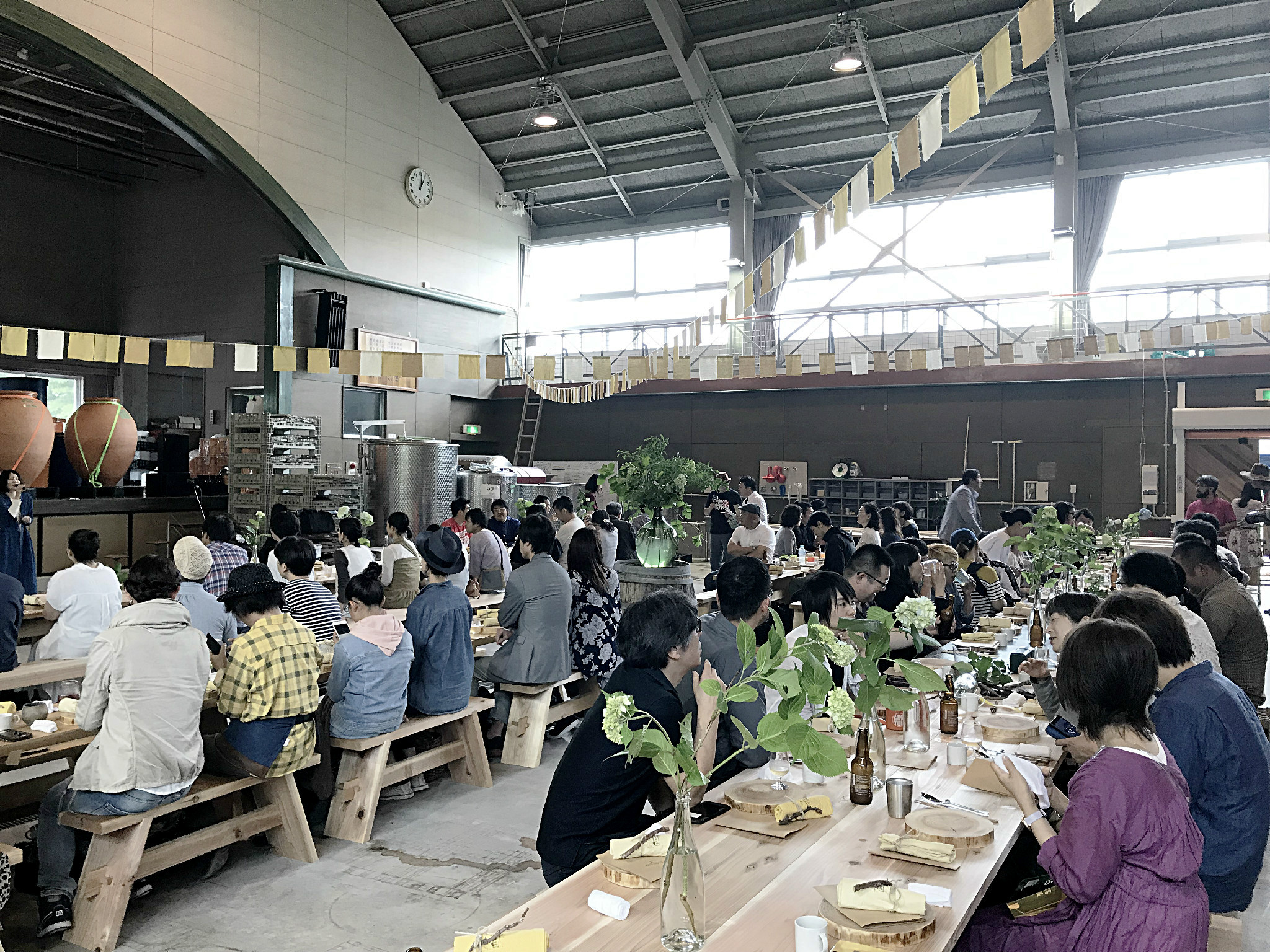
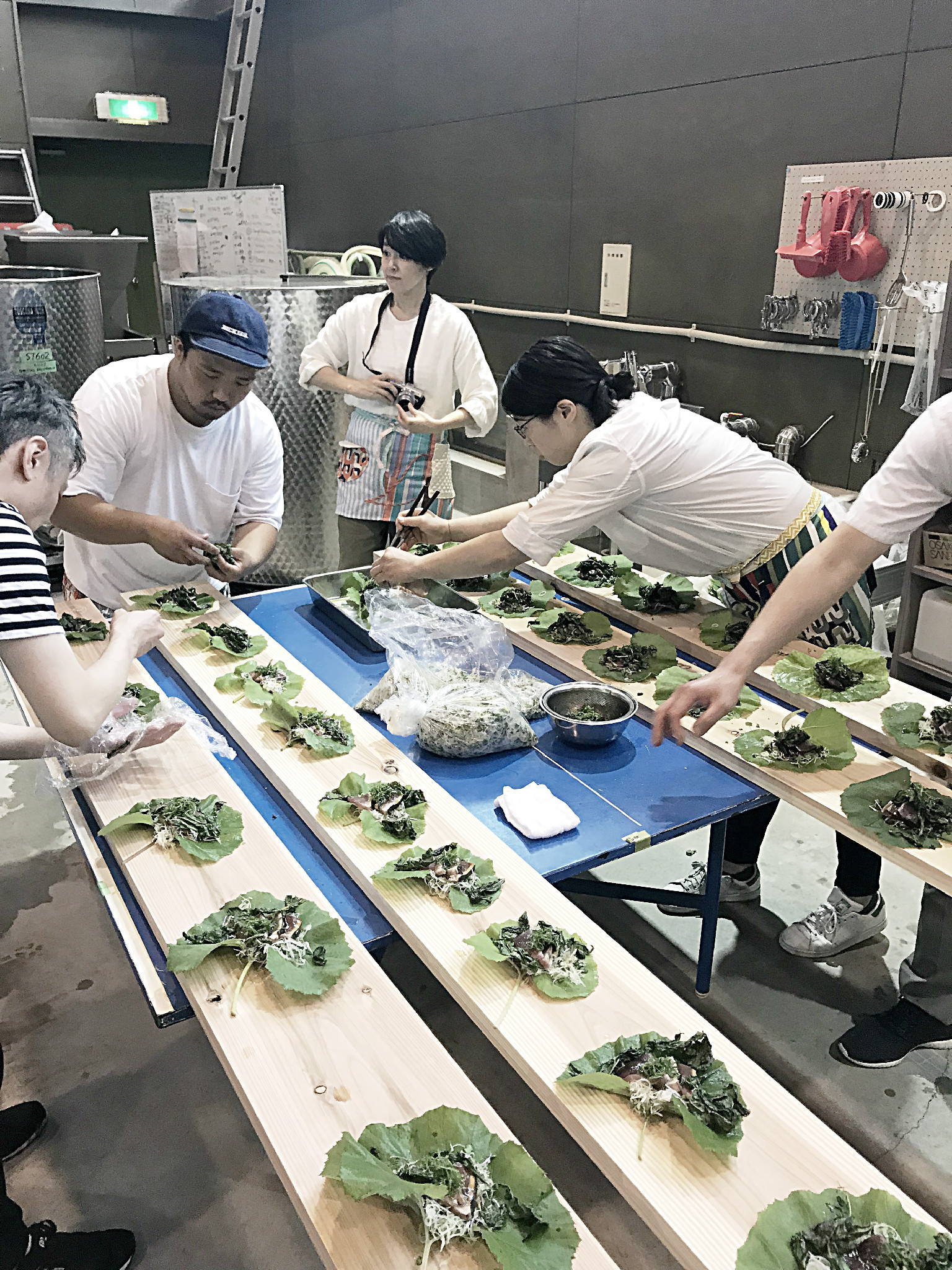
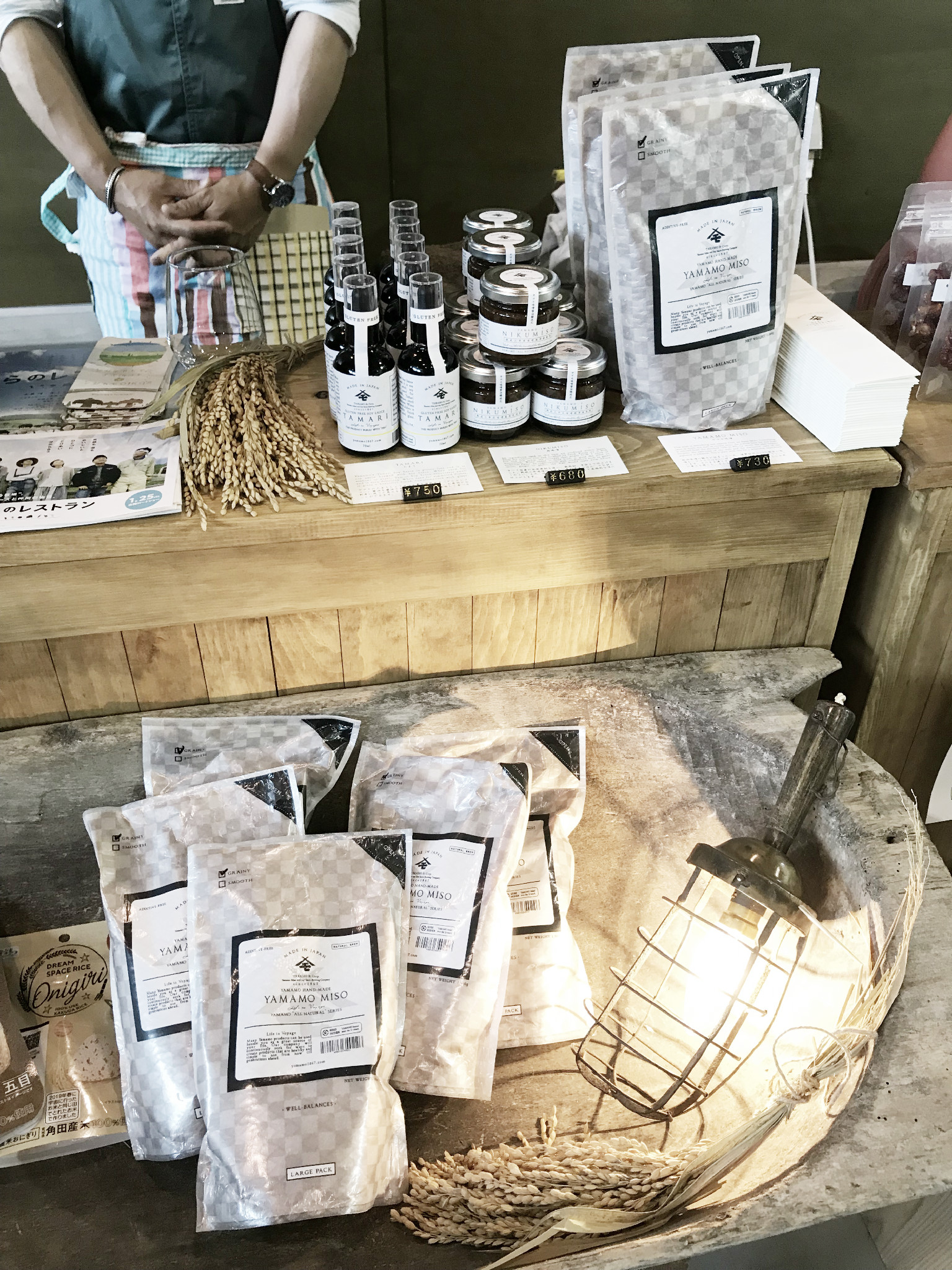
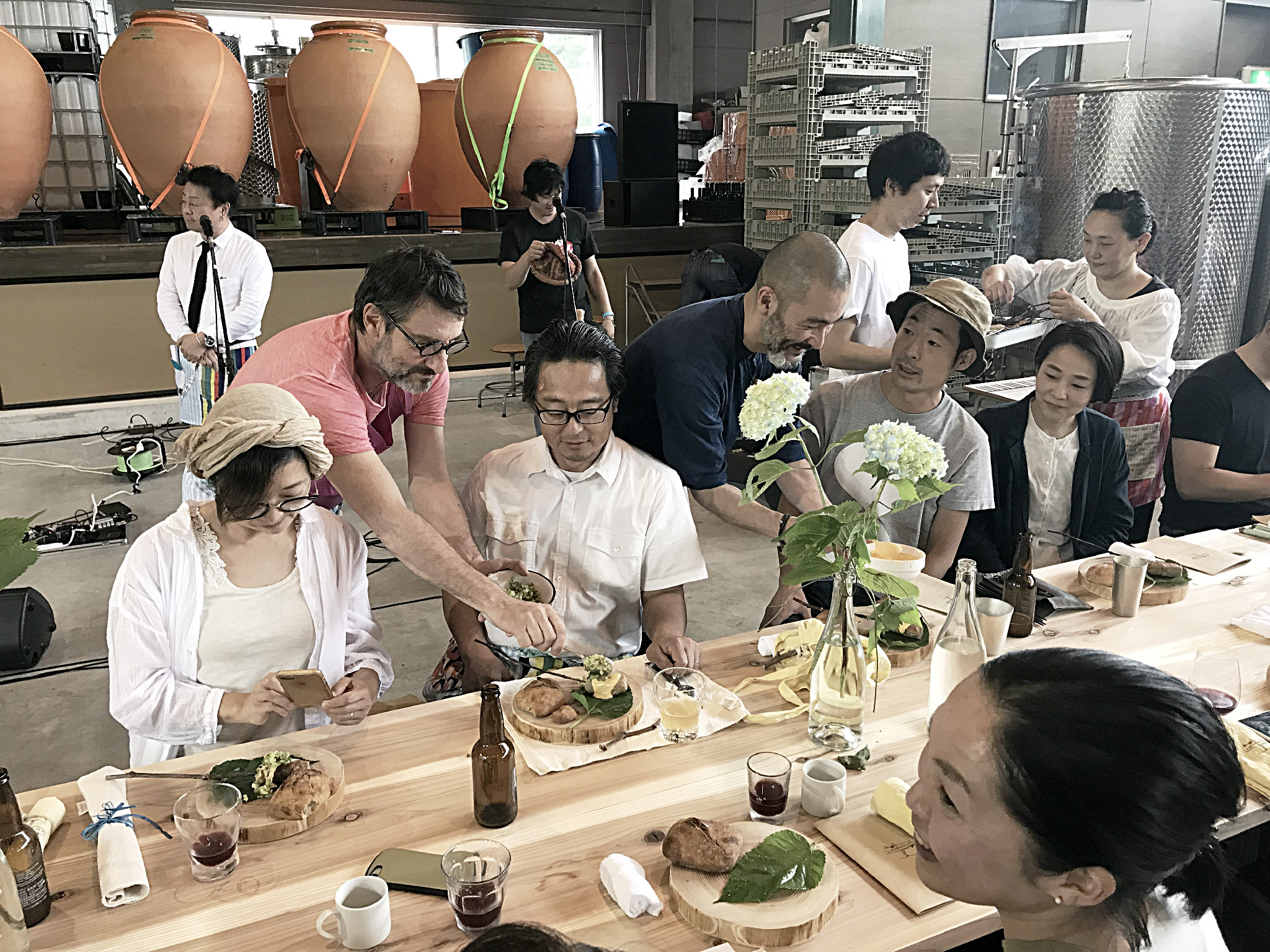
産業が地域の中で果たす役割は、予てから大きなものでしたが、環境を含めた持続可能な地域の実現には、その役割の幅はより大きなものになってきていると思います。そこに「農と食」の立場から立ち向かう姿勢に感銘を受けました。弊社もそのような存在であれること、改めて取り組みを進めていきたいと思いました。目黒さん、坂口さん、関係者の方々、ありがとうございました。
The role that industry plays in the area has been a big one for a while, but I think that the scope of the role is becoming larger for the realization of a sustainable area including the environment. I was impressed by the attitude of facing “agriculture and food” from there. We hoped that we would be able to do something like that. Thank you, Mr. Meguro, Ms. Sakaguchi, and related people.
行業在該領域發揮的作用在很長一段時間內都是一個很大的作用,但我認為,為實現包括環境在內的可持續發展領域,這一作用的範圍正在變得越來越大。 從那裡面對“農業和食品”的態度給我留下了深刻的印象。 我們希望我們能夠做到這樣的事情。 謝謝目黒先生,坂口先生和相關人員。
〇About “AL FIORE”
アルフィオーレは、多様な生き物がすんでいる自然豊かな宮城県川崎町で農と食を軸に集まる人々をサポートし、活躍する場を育みます。畑を耕し、学びの場を提供し、料理をみなでつくり、みなで食べ、マーケットで人々と集い、ここで感じたことをメディアとして発信する。すべてがアルフィオーレの活動です。実験することを恐れず、夢を描き、未知のことを耕していく。宇宙の中の地球に暮らす生命の循環を感じながら農と食に携わっていく喜びを共有する。そんな仲間が集うコミュニティを創造しています。
代表 目黒 浩敬
〇About “AL FIORE”
Alfiore supports people who gather around agriculture and food in Kawasaki-cho, Miyagi Prefecture, which is rich in nature, where various creatures live. Cultivating the fields, providing a place for learning, making all the dishes, eating at all, meeting with people at the market, and disseminating what I felt here as media. Everything is Alfiore’s activities. Without fear of experimenting, I draw a dream and cultivate unknown things. We share the joy of engaging in agriculture and food while feeling the circulation of life on earth in space. We are creating a community where such friends gather.
Representative Hiroki Meguro
〇About “AL FIORE”
Alfiore支持在宮城縣川崎町聚集農業和食物的人們,這裡有各種各樣的生物。 耕種田地,提供學習場所,製作所有菜餚,吃飯,與市場人士會面,並傳播我在這裡作為媒體的感受。 一切都是Alfiore的活動。 我不用擔心嘗試,而是畫一個夢,培養出未知的東西。 我們分享從事農業和食品的快樂,同時感受太空中地球上的生命循環。 我們正在創建一個這樣的朋友聚集的社區。
代表 目黒 浩敬
